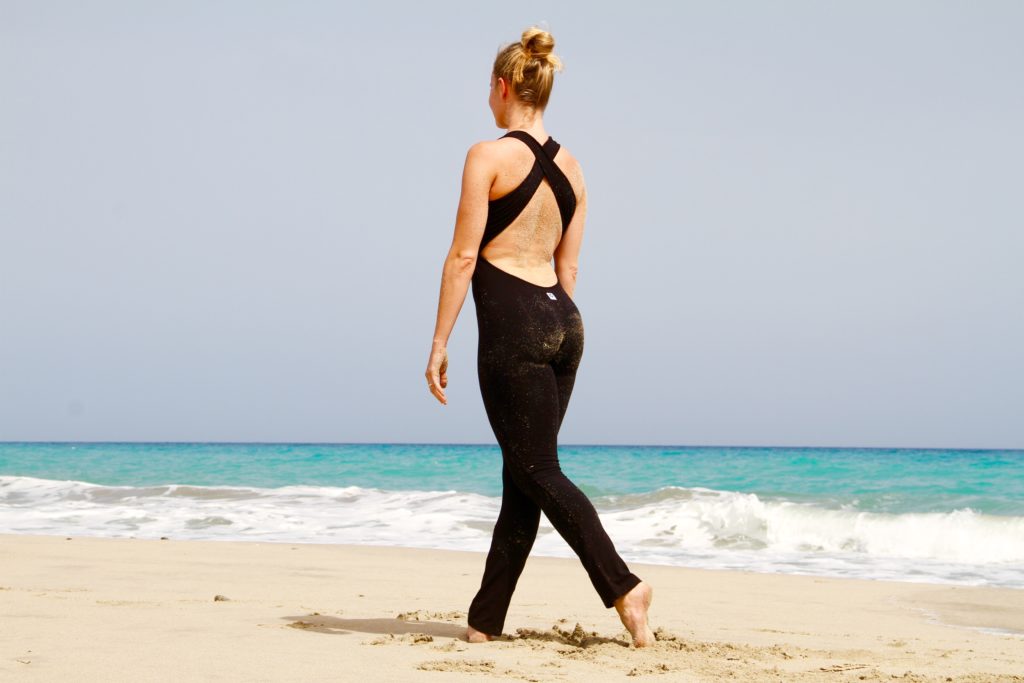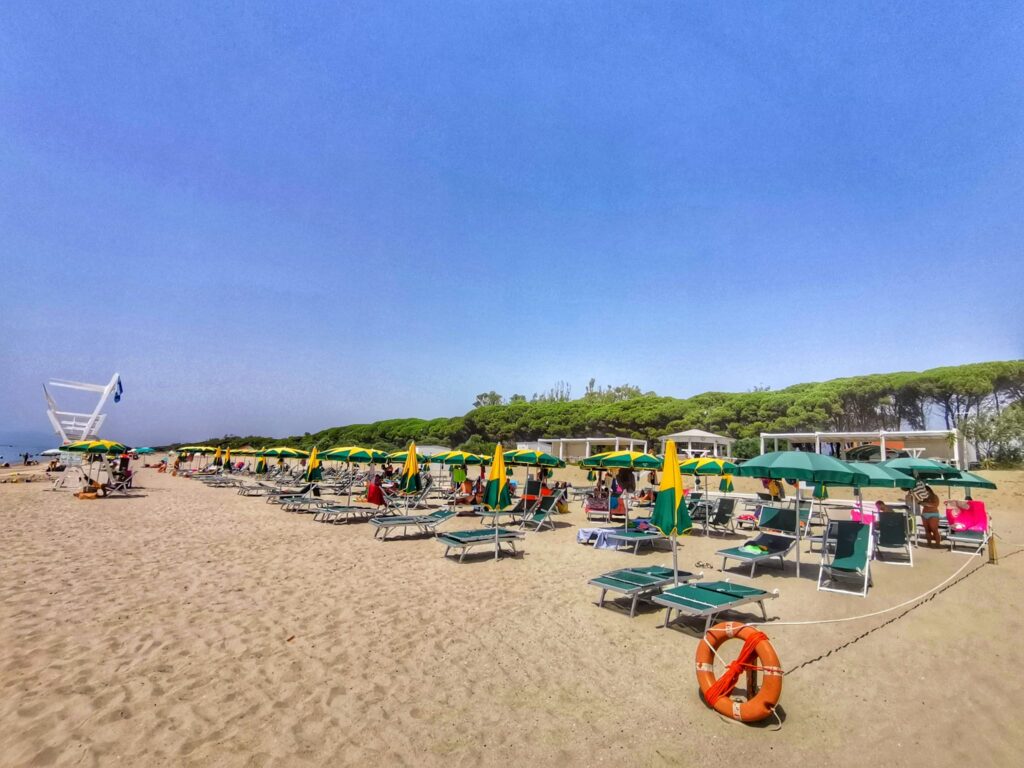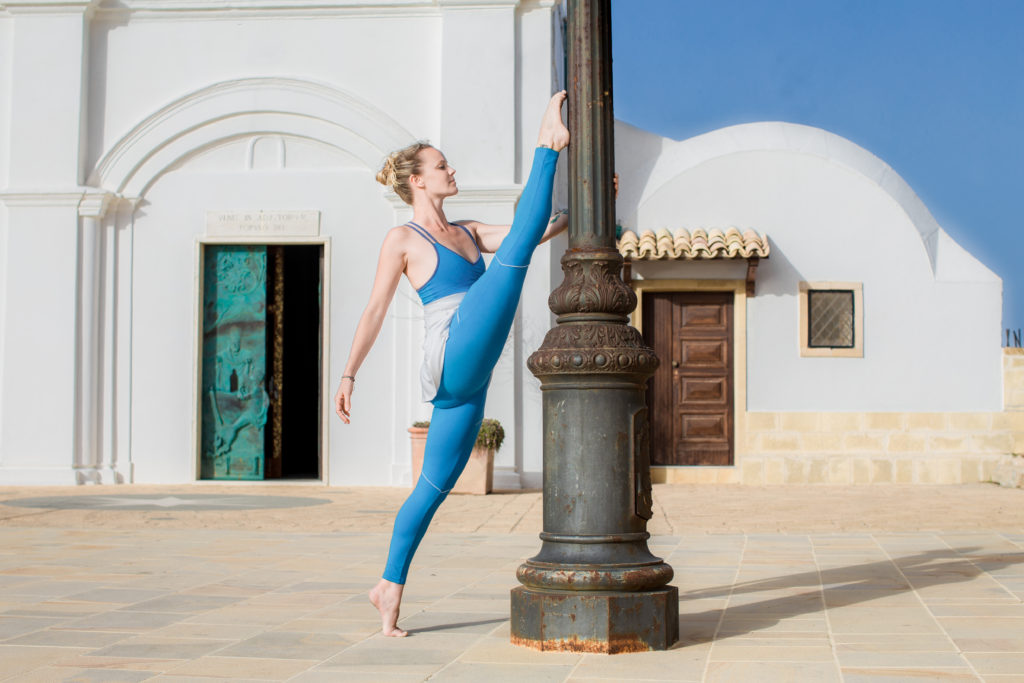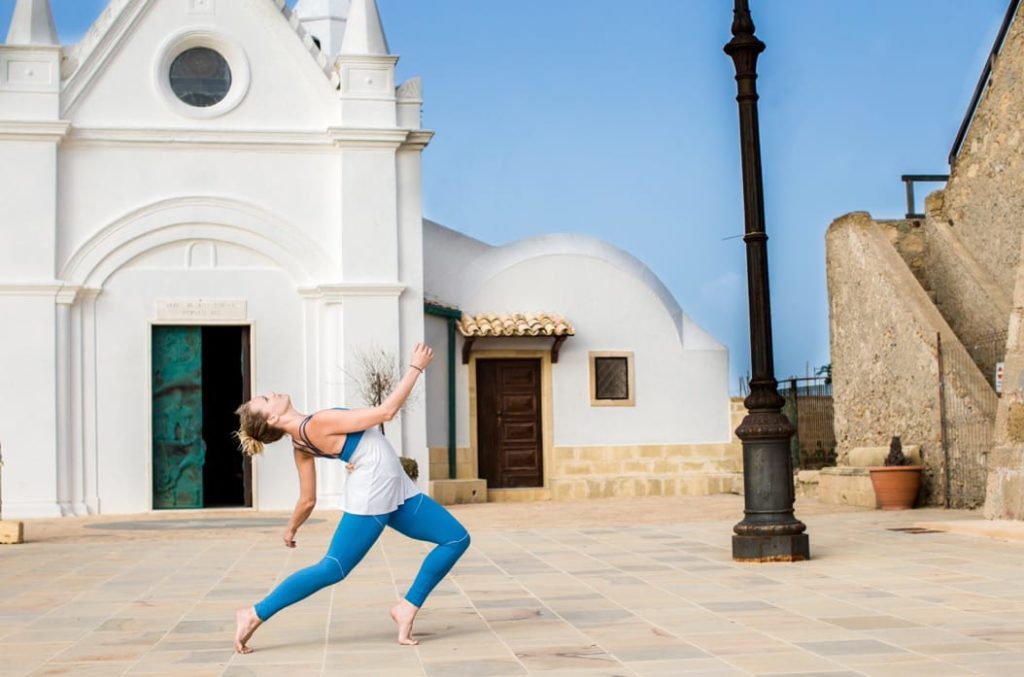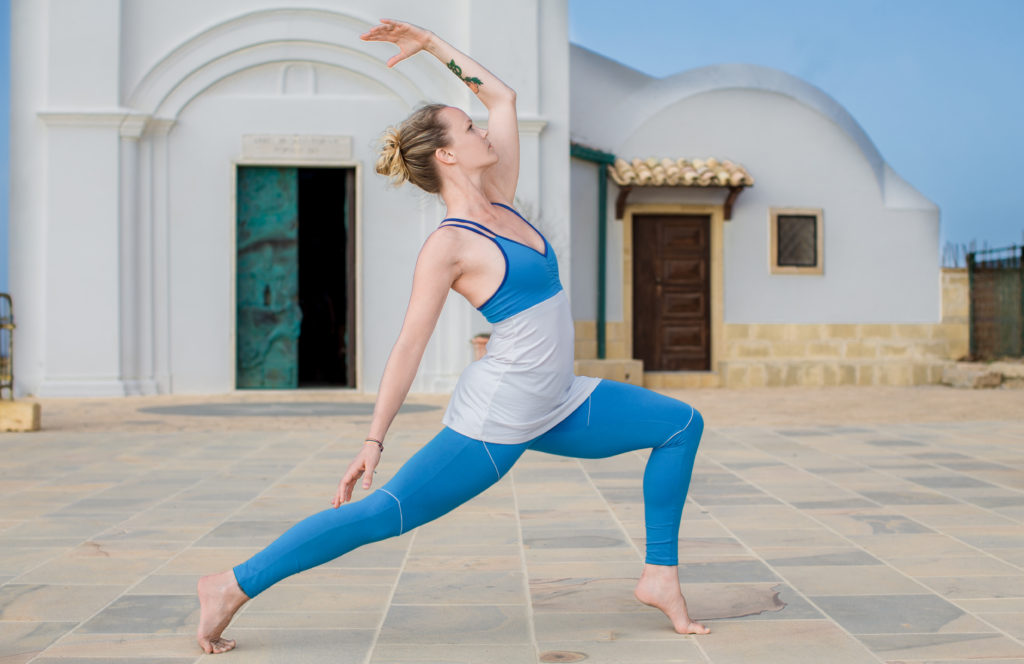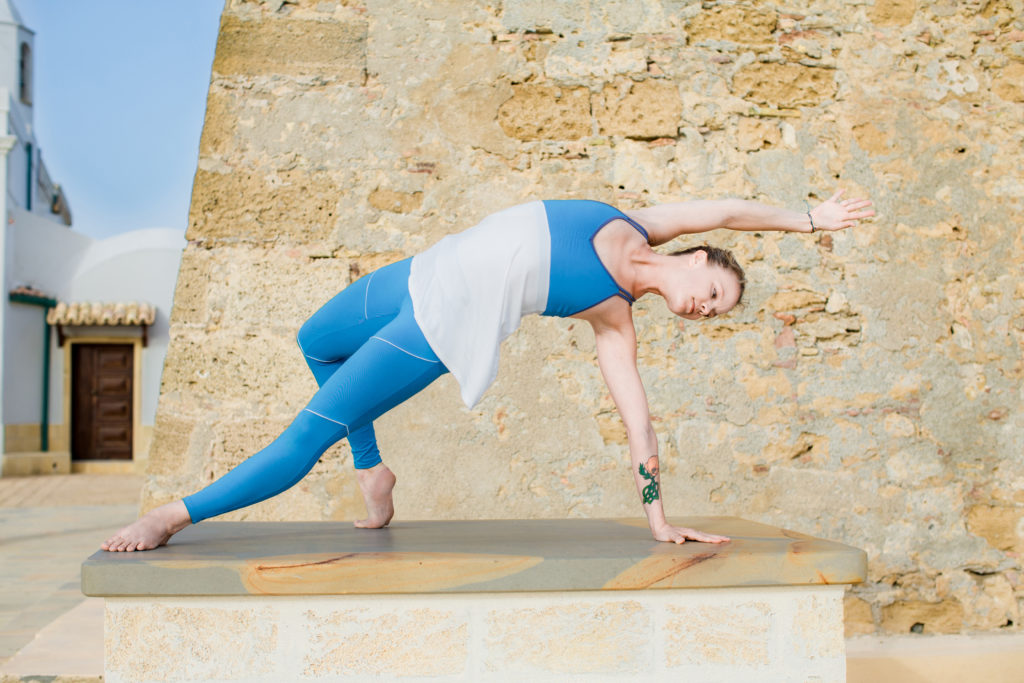“There is a small box sitting here – pointing to his heart – In that box is sitting Atman. Turn your attention here. That is YOGA”
Sri Pattabhi Jois
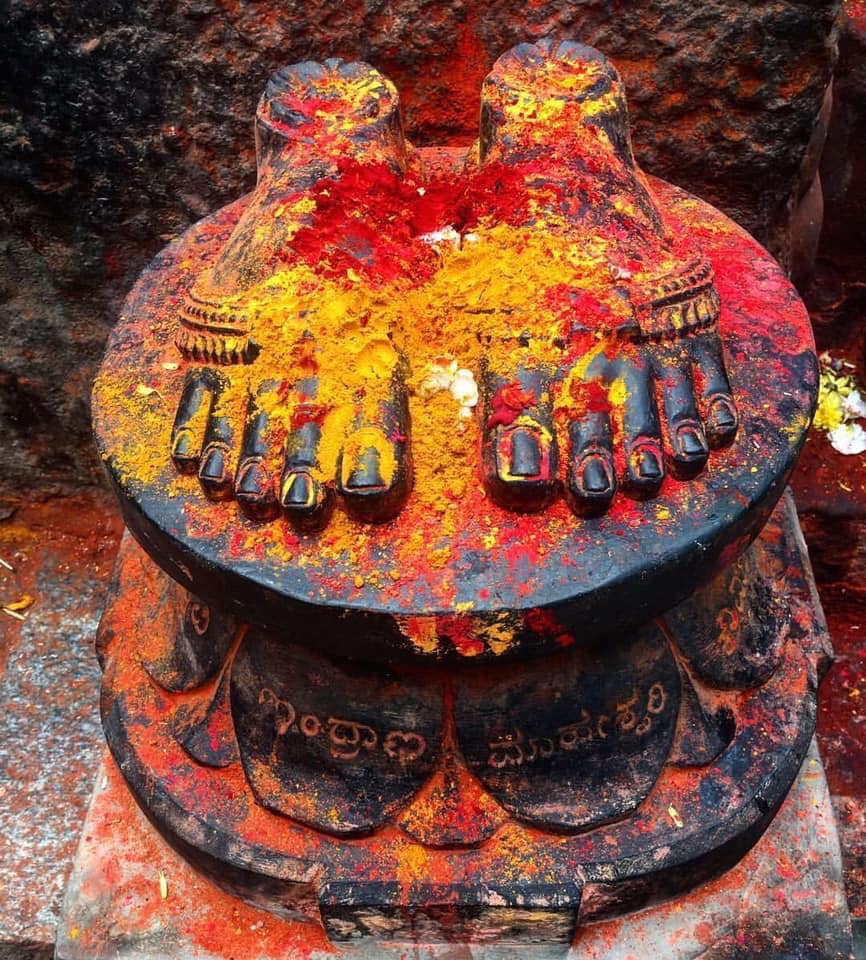
Aṣṭāṅga Yoga
I am a dedicated Astānga Yoga practitioner under the lineage of Sri Krishnamacharya.
I started my journey in Aṣṭāṅga in 2012 in Bali by chance in a workshop with Anthony Carlisi and Denny Paradise.
I liked the practice right away so when I moved back to London for work I was surprised to find that my house was right next to Hamish Hendry’s Dharma Shala which I consider my first teacher in this lineage.
Since 2012 I have been practicing daily Astānga Yoga in a Mysore program with Hamish Hendry first and then in Los Angeles with Noah Williams, both of whom have received an Advanced Teaching Certification from Sri K. Pattabhi Jois, the Guru of Astanga Yoga, Mysore style.
In 2016 I moved back to India to study for 6/9 months a year and since then I have been practicing under the guidance of Guruji Sharath Jois in Mysore at KPJAYI and SYC, I also have followed his workshops and teaching in Himalaya, Europe, and UK, Thailand, and China and the USA.
When I am not in Mysore I practice with Sharmila Desai seasonally – a certified teacher and author of the book Yoga Sadhana for mothers – delving into Aṣṭāṅga yoga with a female approach.
Aṣṭāṅga Yoga – sharing the practice with others
I have been teaching yoga in my hometown in Calabria since 2009 and, in 2016 I opened a Summer Mysore program supported by Level 2 Authorized Teachers who came to teach at Shala Mandala: Susanna Finocchi, Elena De Martin, Ken De Rolfer, Gabriele Severnini.
In 2019 I was authorized to teach the method by my Guru Sharath Jois consequentially assisted him in the Shala. In 2020 I practised and assisted my teacher Peter Sanson in in Napier and I taught in Queenstown New Zealand until 2022.
My path in the practice of Aṣṭāṅga has been a path dictated by inner and spiritual research. We come to the practice in silence, accompanied by breathing, and in the same way, we learn, in silence. I have received this knowledge through the sheer generosity of my teachers and Guru, for this reason, Shala Mandala does not look for notoriety so the “ratio” here is to deepen our sadhana, through concentration, dedication, and devotion, not only to be focused on fast learning, asana – adjustments.
Hare Om
Simona
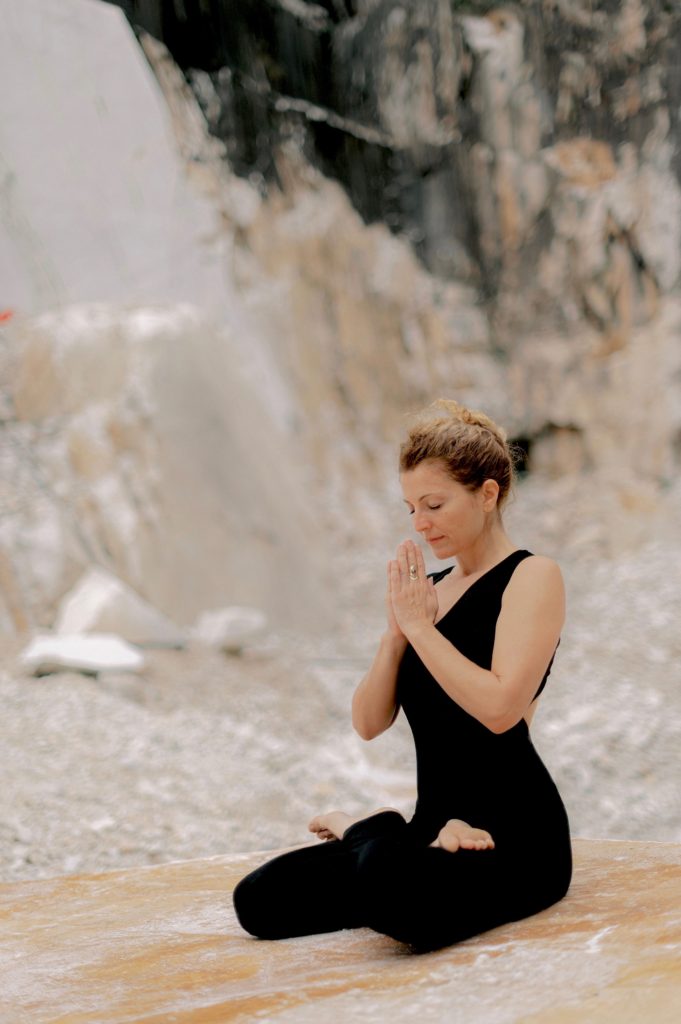
Aṣṭāṅga Yoga 2025: Every Summer Season we welcome practitioners of all stages of life and practice including families with kids and beginners. We try hard to ensure that everyone who comes to practice with us feels welcome and comfortable.
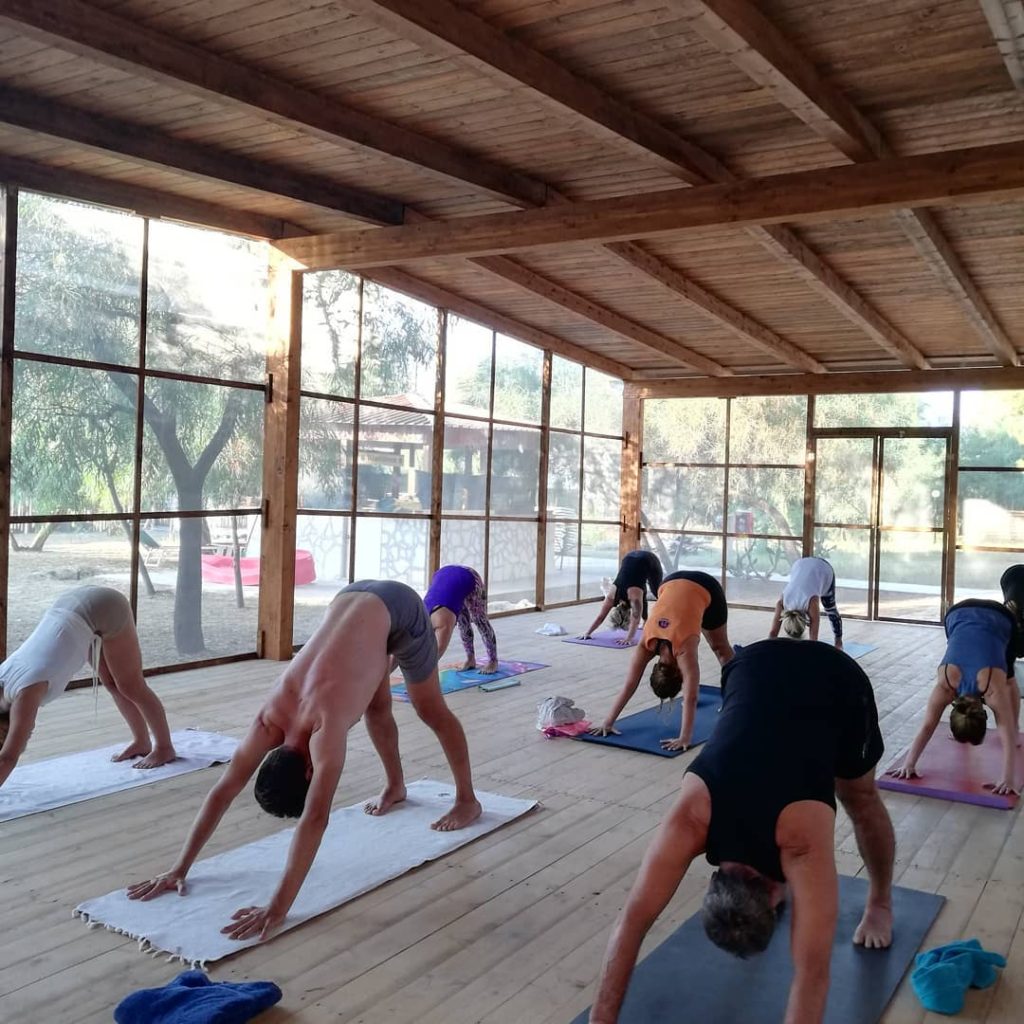
Class Time: From June to the end of August, the Shala doors open from Monday to Saturday from 7:00 am to 10:00 am (latest arrival 8.45 am). Practitioners are required to start on a Monday and finish on Saturday. The opening chanting begins around 7:00 am. Sunday is a family day for us so the Shala will be closed.
Aṣṭāṅga Yoga – The Lineage
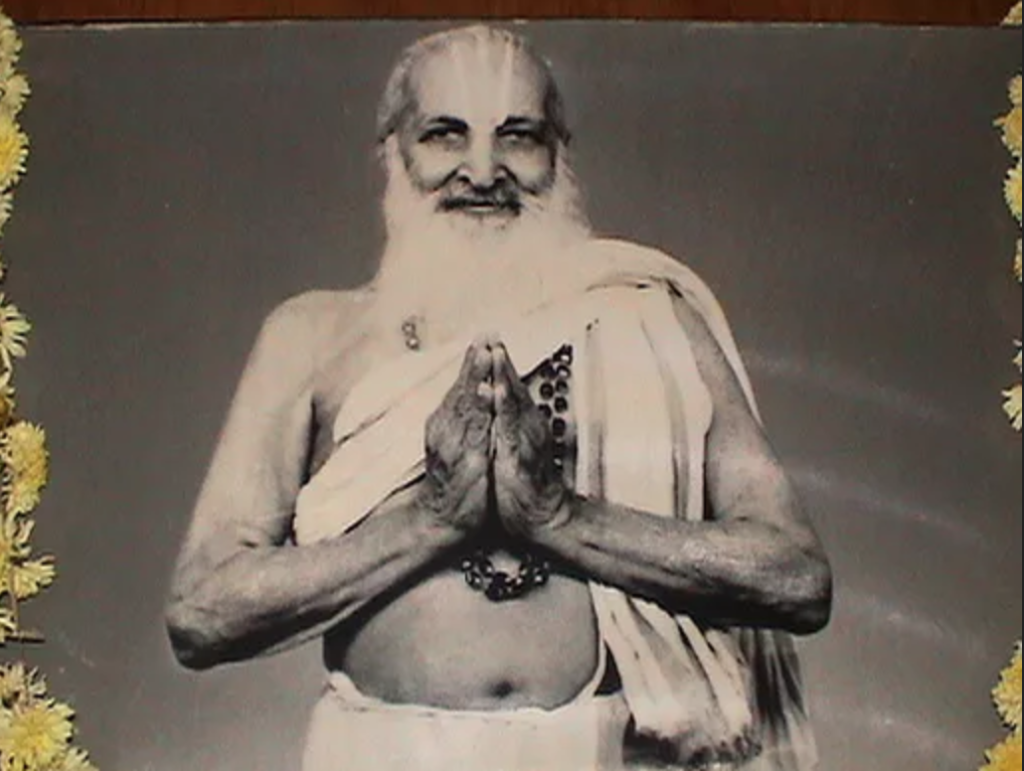
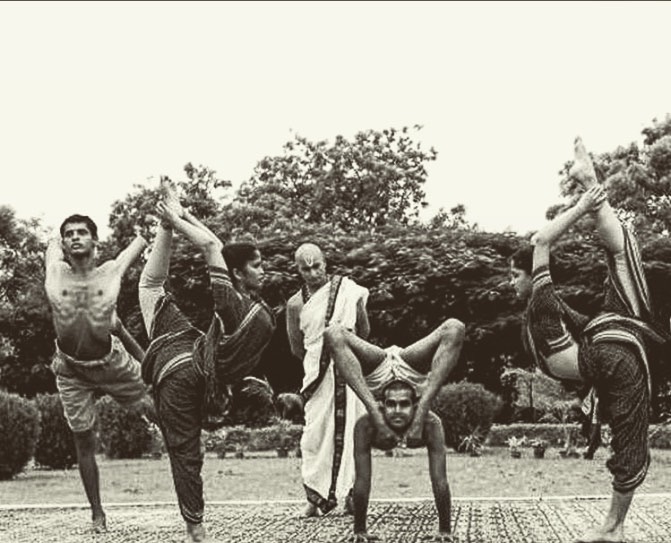
“Anyone can practice. The young man can practice. The old man can practice. A very old man can practice. The man who is sick, he can practice. A man who doesn’t have strength can practice. Except for lazy people; lazy people can’t practice Astānga yoga” KPJ
The Astānga Yoga method is a living tradition with the relationship between teacher and student at the epicenter of its transmission going back over 5,000 years. At the root, it is a spiritual practice that purifies the heart, body, and mind, illuminating one’s divine nature.
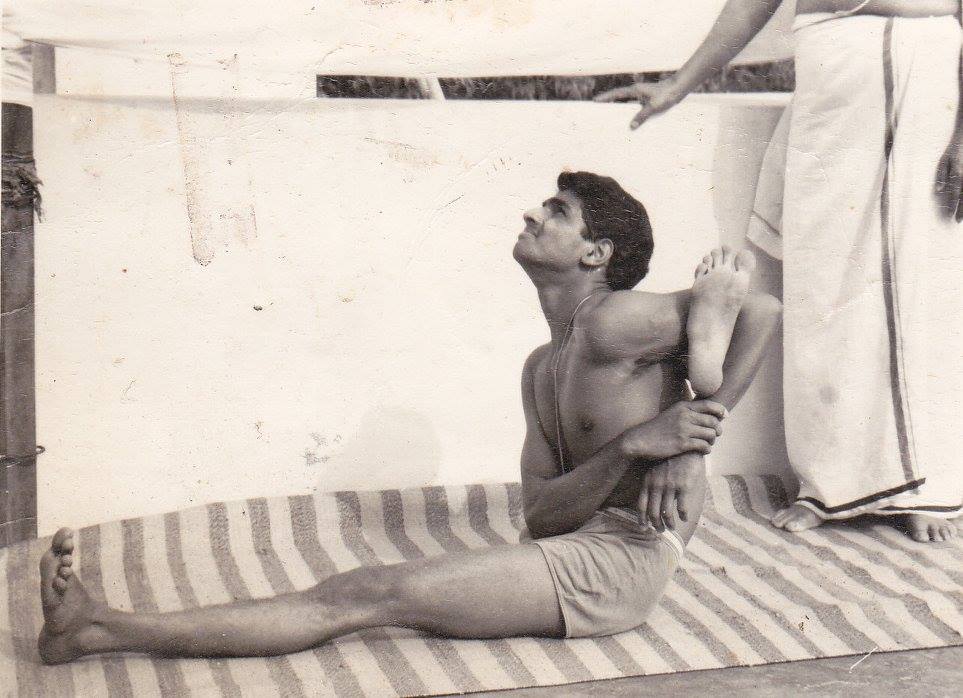
In modern times Astānga Yoga is linked to the late yoga master Sri K. Pattabhi Jois, otherwise known as Guruji (1915 – 2009), who passionately spread the beauty of the practice to countless people all over the world, following the teaching of Tirumalai Krishnamacharya (1888 – 1989) yoga teacher, Ayurveda healer and scholar referred to as “the father of modern yoga”
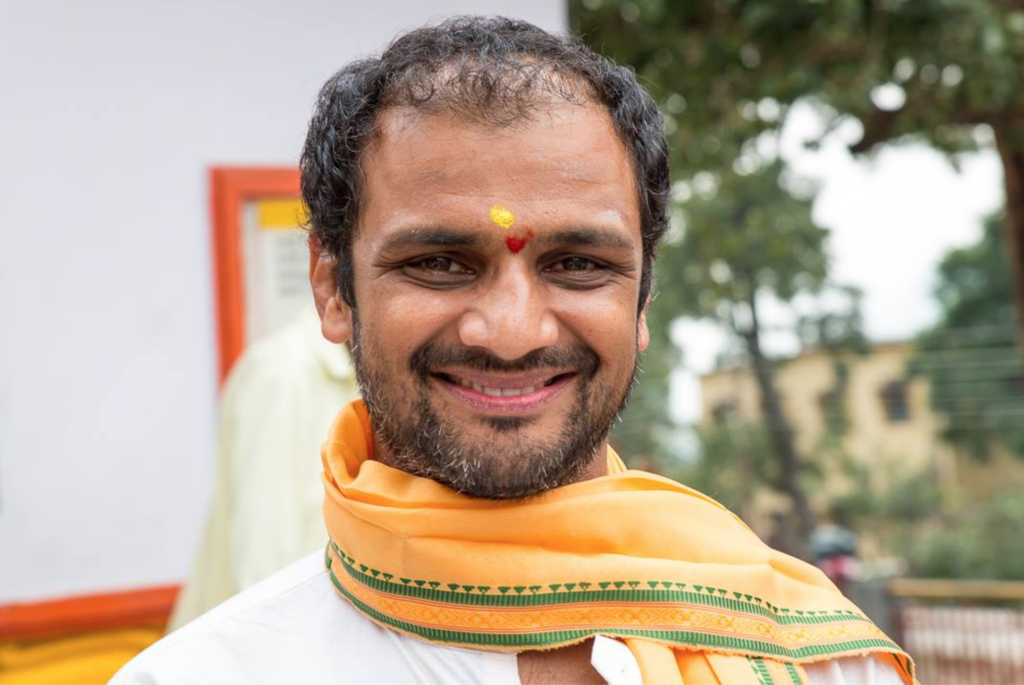
Now his teachings are reverently carried forward by his daughter Sri Saraswati Jois and his grandson Sri Sharath R Jois, Director of Sharath Yoga Centre and before KPJAYI.
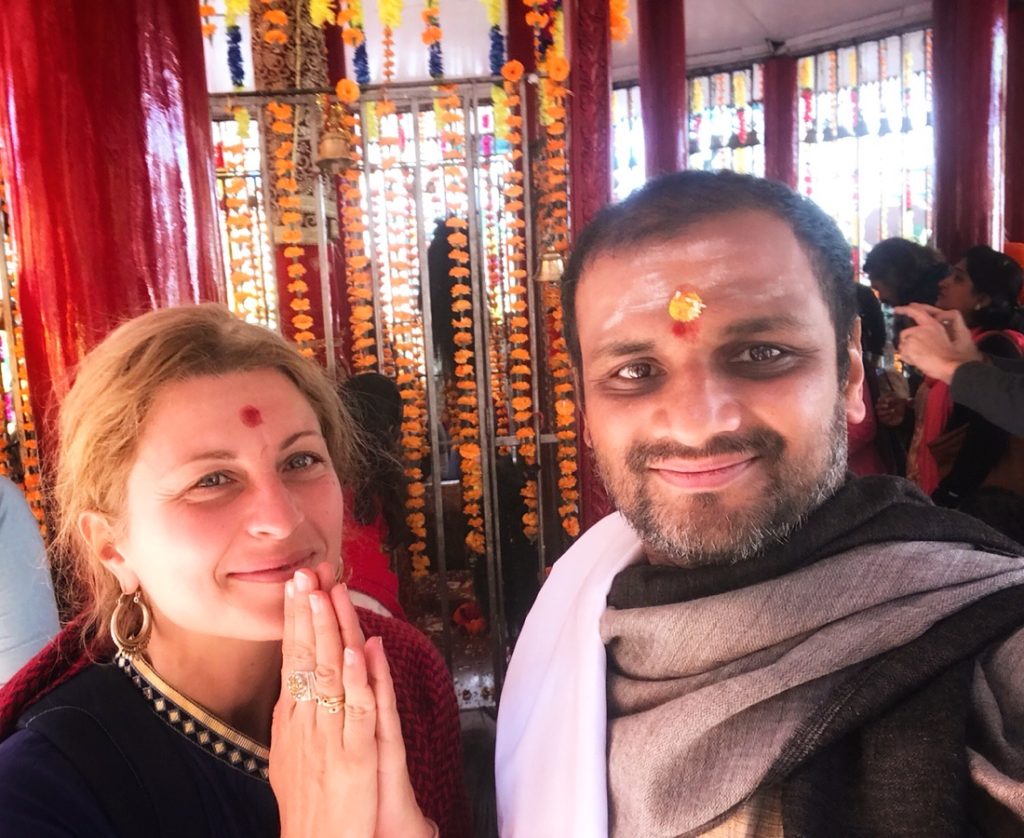
YATRA 2018: Pujia at Kalimath Mandir, Uttarakhand, with SharathJi
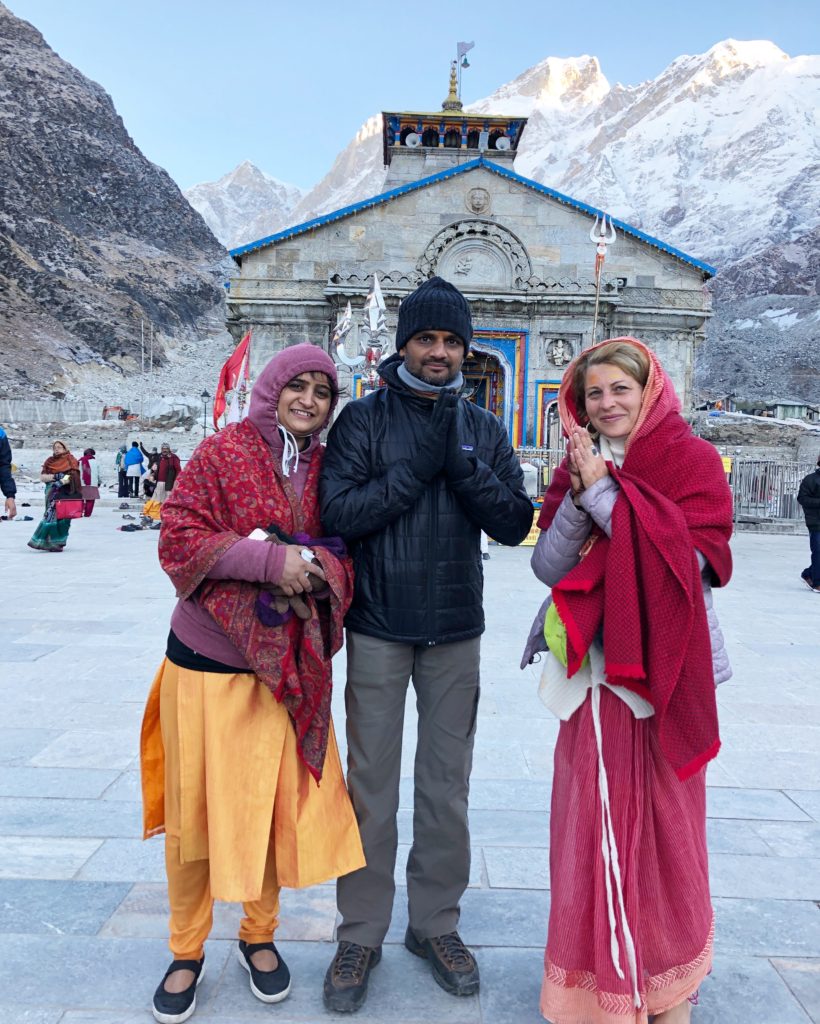 Mā darshan at Kedarnath, with beloved SharathJi and ShruthiJi
Mā darshan at Kedarnath, with beloved SharathJi and ShruthiJi
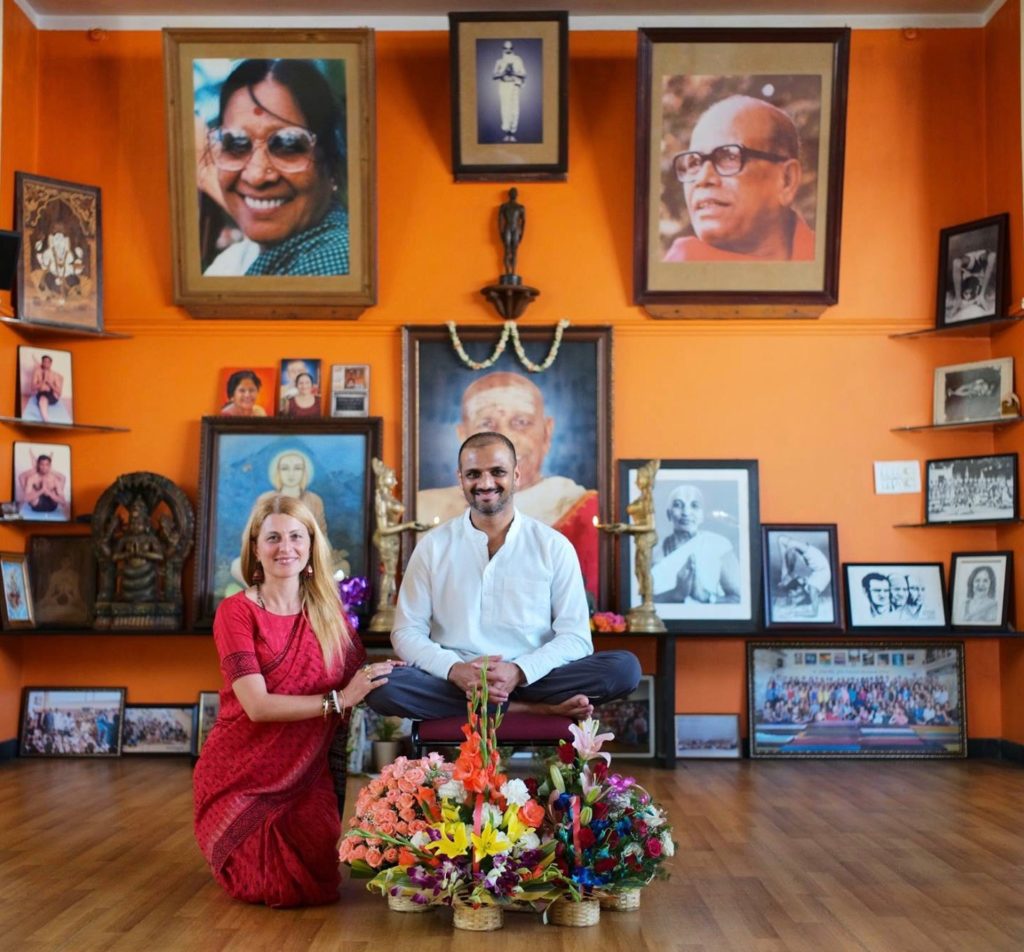
KPJAYI Mysore, India.
Aṣṭāṅga Yoga- The Practice
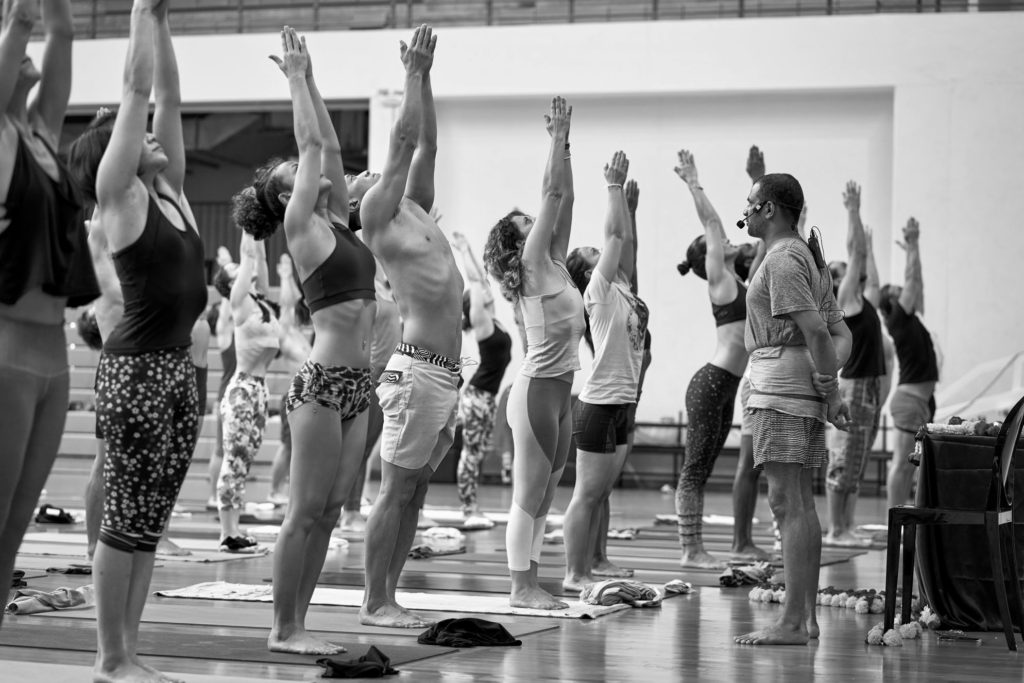
Vinyasa: Vinyasa means breathing and movement system. For each movement, there is one breath. For example, in Surya Namaskar there are nine vinyasas. The first vinyasa is inhaling while raising your arms over your head, and putting your hands together; the second is exhaling while bending forward, placing your hands next to your feet, etc. In this way, all asanas are assigned a certain number of vinyasas. The purpose of vinyasa is for internal cleansing. Breathing and moving together while performing asanas makes the blood hot, or as Pattabhi Jois says, “boils the blood”.
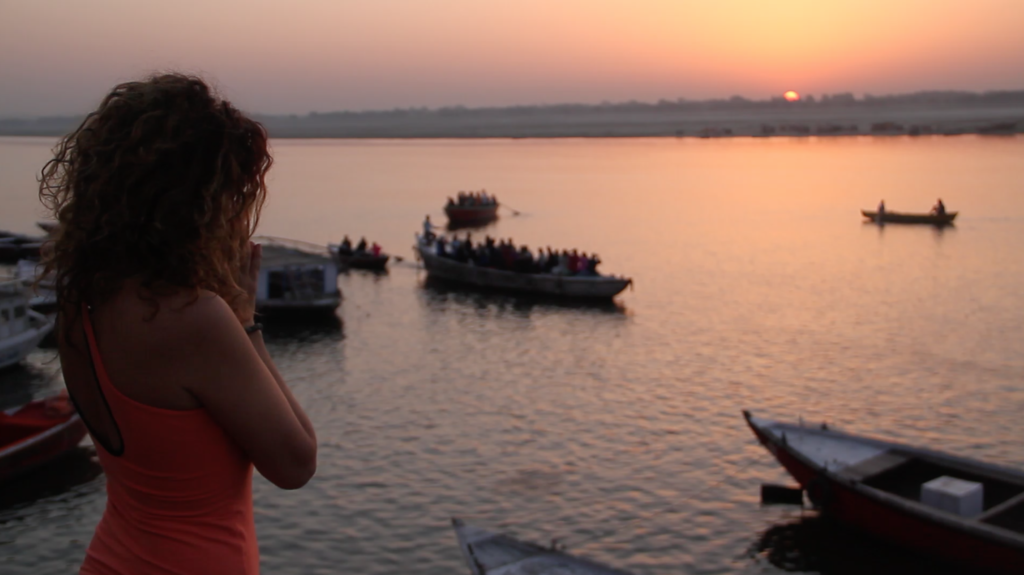
This blood is dirty and causes disease in the body. The heat created from yoga cleans the blood and makes it thin, so that it may circulate freely. The combination of the asanas with movement and breath makes the blood circulate freely around all the joints, taking away body pains. When there is a lack of circulation, pain occurs. The heated blood also moves through all the internal organs removing impurities and disease, which are brought out of the body by the sweat that occurs during practice.
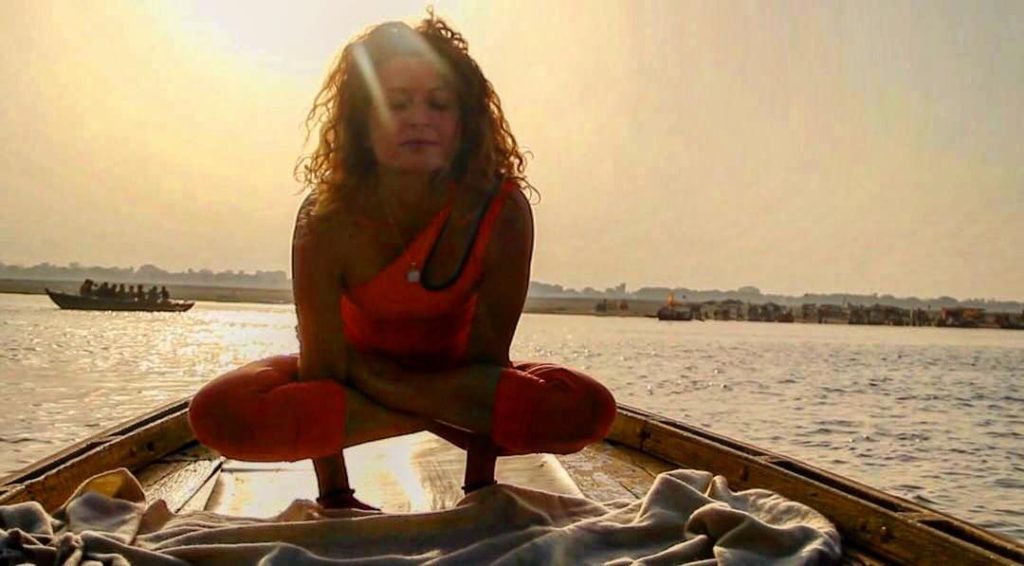
Sweat is an important by-product of vinyasa because it is only through sweat that disease leaves the body and purification occurs. If the method of vinyasa is followed, the body becomes healthy and strong. After the body is purified, it is possible to purify the nervous system, and then the sense organs. These first steps are very difficult and require many years of practice. The sense organs are always looking outside, and the body is always giving in to laziness. However, through determination and diligent practice, these can be controlled. After this is accomplished, mind control comes automatically. Vinyasa creates the foundation for this to occur.
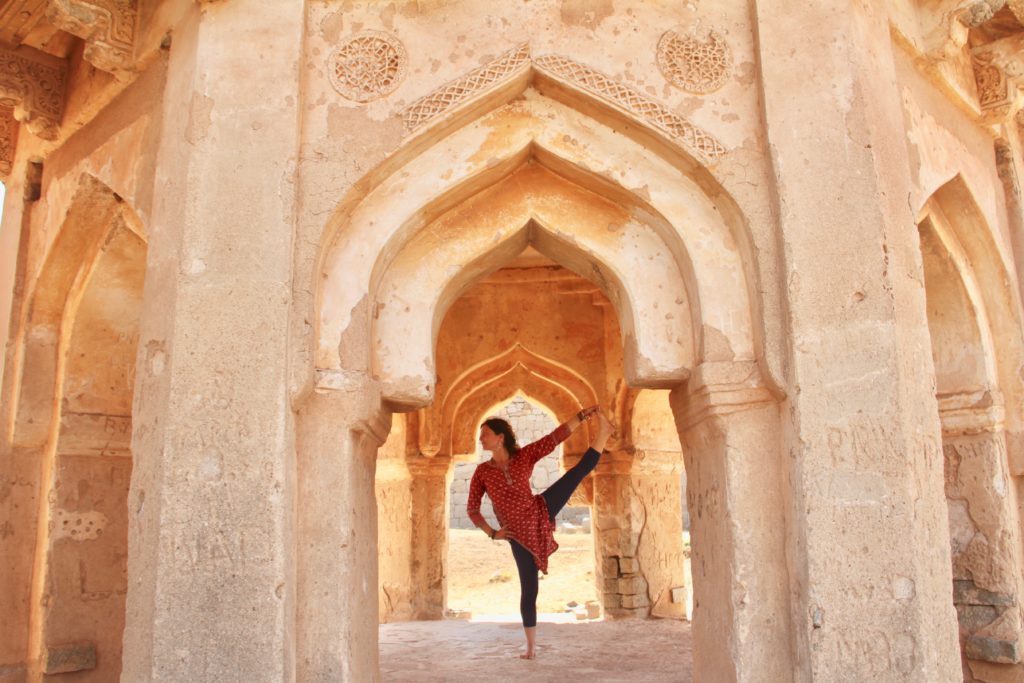
Tristhana: This means the three places of attention or action: posture, breathing system, and looking place. These three are very important for yoga practice and cover three levels of purification: the body, the nervous system, and the mind. They are always performed in conjunction with each other. Asanas purify, strengthen, and give flexibility to the body. Breathing is rechaka and puraka, which means to inhale and exhale.
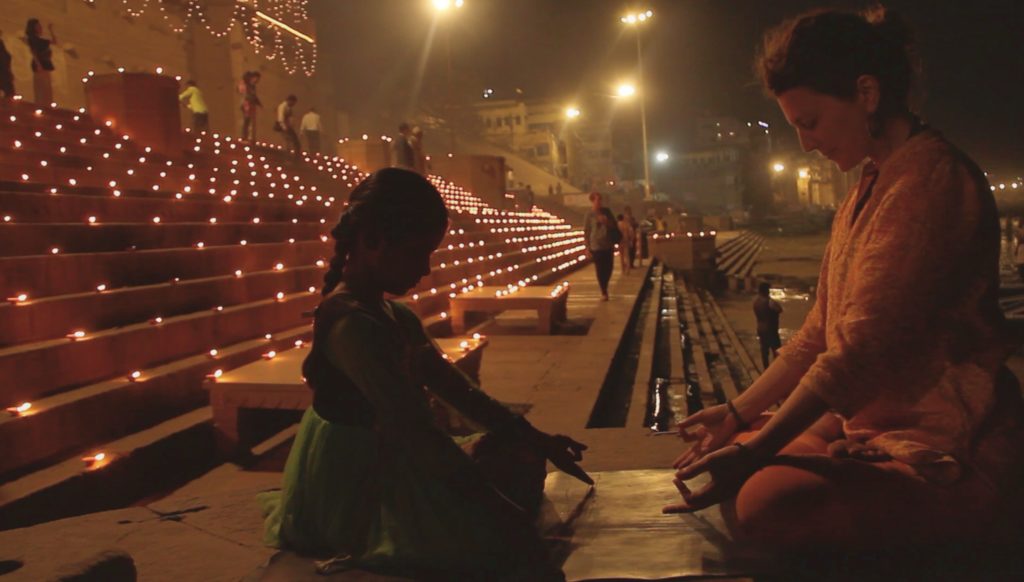
Both the inhale and exhale should be steady and even, the length of the inhale should be the same as the exhale. Breathing in this manner purifies the nervous system. Dristhi is the place where you look while in the asana. Dristhi purifies and stabilizes the functioning of the mind. For cleaning the body internally two factors are necessary, air and fire. The place of fire in our bodies is four inches below the navel. This is the standing place of our life force. For fire to burn, air is necessary, hence the necessity of the breath.
The same method stands for breath. Long even breaths will strengthen our internal fire, increasing heat in the body which in turn heats the blood for physical purification, and burns away impurities in the nervous system as well. Long even breathing increases the internal fire and strengthens the nervous system in a controlled manner and at an even pace.
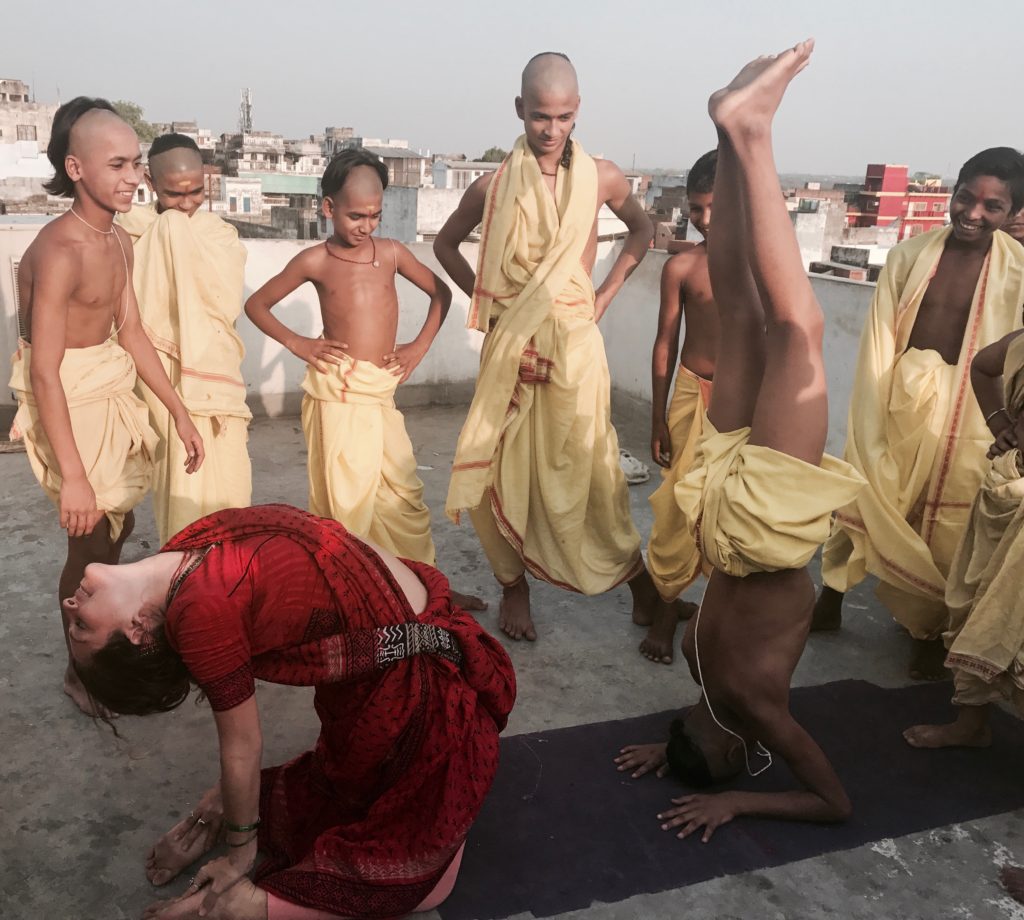
When this fire is strengthened, our digestion, health, and lifespan all increase. Uneven inhalation and exhalation, or breathing too rapidly, will imbalance the beating of the heart, throwing off both the physical body and the autonomic nervous system. An important component of the breathing system is mula and uddiyana bandha.
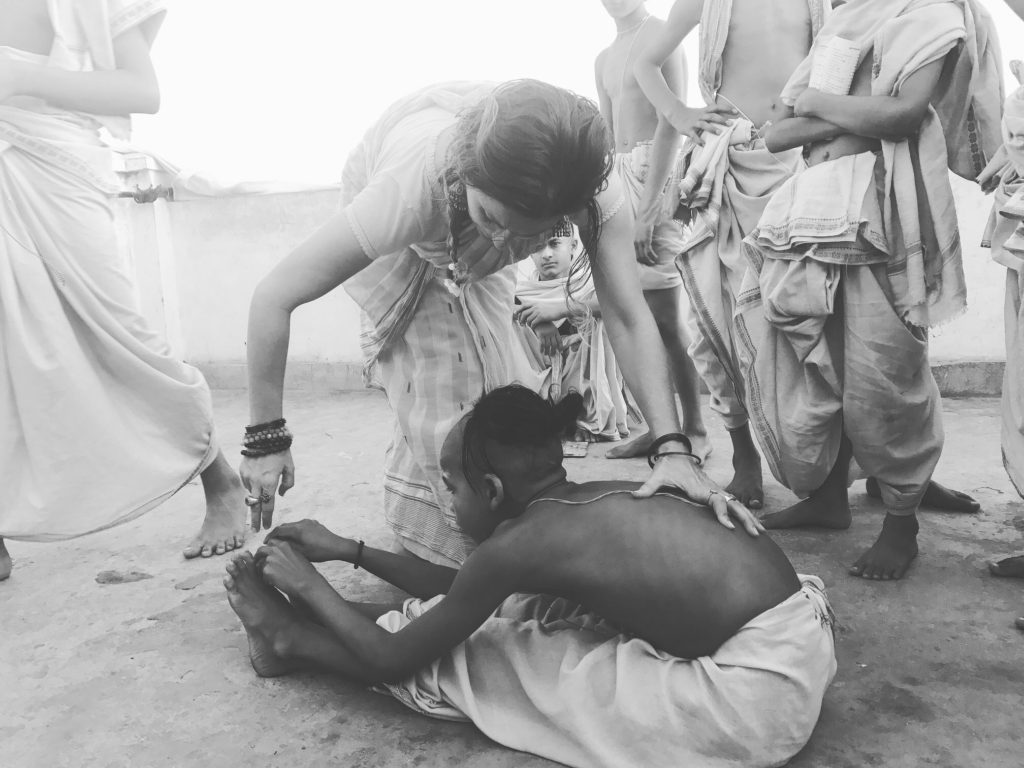
These are the anal and lower abdominal locks which seal in energy, give lightness, strength, and health to the body, and help to build a strong internal fire. Without bandhas, breathing will not be correct, and the asanas will give no benefit. When mula bandha is perfect, mind control is automatic.
The six poisons: A vital aspect of internal purification that Pattabhi Jois teaches relates to the six poisons that surround the spiritual heart. In the yoga shastra it is said that God dwells in our heart in the form of light, but this light is covered by six poisons: kama, krodha, moha, lobha, matsarya, and mada. These are desire, anger, delusion, greed, envy and sloth. When yoga practice is sustained with great diligence and dedication over a long period, the heat generated from it burns away these poisons, and the light of our inner nature shines forth.
“Infinite gratitude to our beloved Guru for His constant dedication, discipline, devotion, and determination.”
Shala etiquette and information
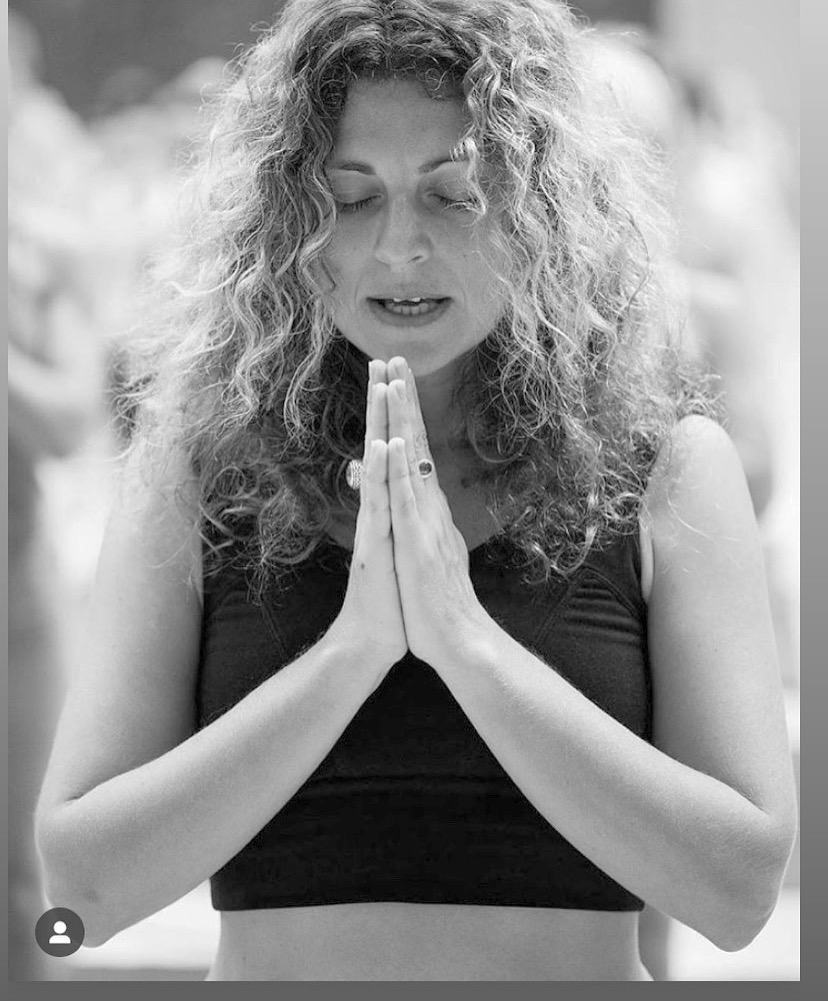
Ethos
We teach in a traditional style which means that usually, we will be giving physical, hands-on adjustments. Whilst we try to ensure that these are beneficial and safe we recognize that some people will still prefer not to be adjusted. We want to assure anyone who comes to our Shala that they are free to say no to adjustments at any time and we will respect your wishes and will not ask you to explain your reasons.
Please arrive on time. Please be respectful of Shala closing times; Turn your phone off or on to silent;
Please consider your hygiene and also limit the use of strong deodorants, perfumes;
Please wash both your cotton yoga mat and your yoga mat regularly;
Try and be respectful of other students and the space they are practicing keep conversation to a minimum;
Please inform the teacher in full confidence of any injuries, operations, pregnancy or such like; Please keep any warm-up to a minimum;
The practice is taught in a traditional style so please try to avoid modification/use of props etc. or deviating from the sequence;
Do not eat a meal for 2-3 hours before attending class;
Try not to eat or drink for 20-40 minutes after class;
Recycling and limiting plastic containers on the property;
A strong asana practice should always be accompanied by occasional rest and time; Self-study like reading, meditation, and chanting.
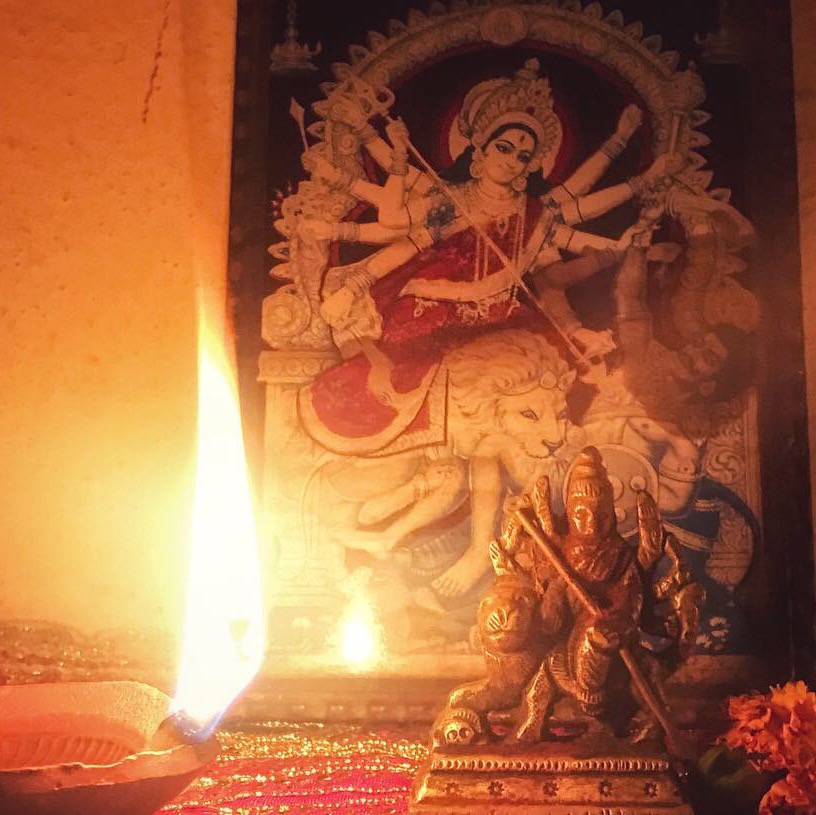
Price per month
Weekday morning and evening classes
Payable on the 1st of each month of a yoga practice.
6 days per 4 weeks = 120.00 euro
4 days per 4 weeks = 100.00 euro
3 days per 4 weeks = 80.00 euro
2 days per 4 weeks = 60.00 euro
Weekday drop-in
Single class = 15.00
In case someone is unable to pay the amount, please email simo.nuce@gmail.com
The knowledge you will find here is priceless. No money in the world could match its value. The people who teach here have received this knowledge through the sheer generosity of their teachers.
We believe that Yoga is being monetized, “sold” and misappropriated, and this is in line with our philosophy of not joining this unfortunate movement. The fees we ask are used to pay for our training in India and out-of-pocket expenses, but they also serve to give the possibility to those who cannot pay for the classes to be able to participate.
Save
Save
Save
Save
Save
Save
Save
Save
Save
Save
Save
Save
Save
Save
Save
Save
Save
Save
Save
Save
Save
Save
Save
Save
Save
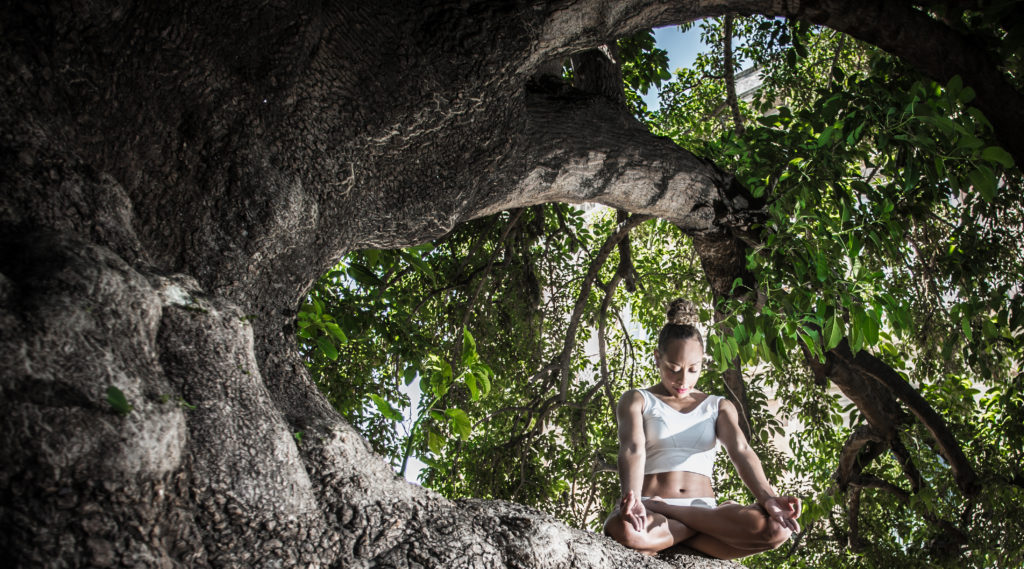
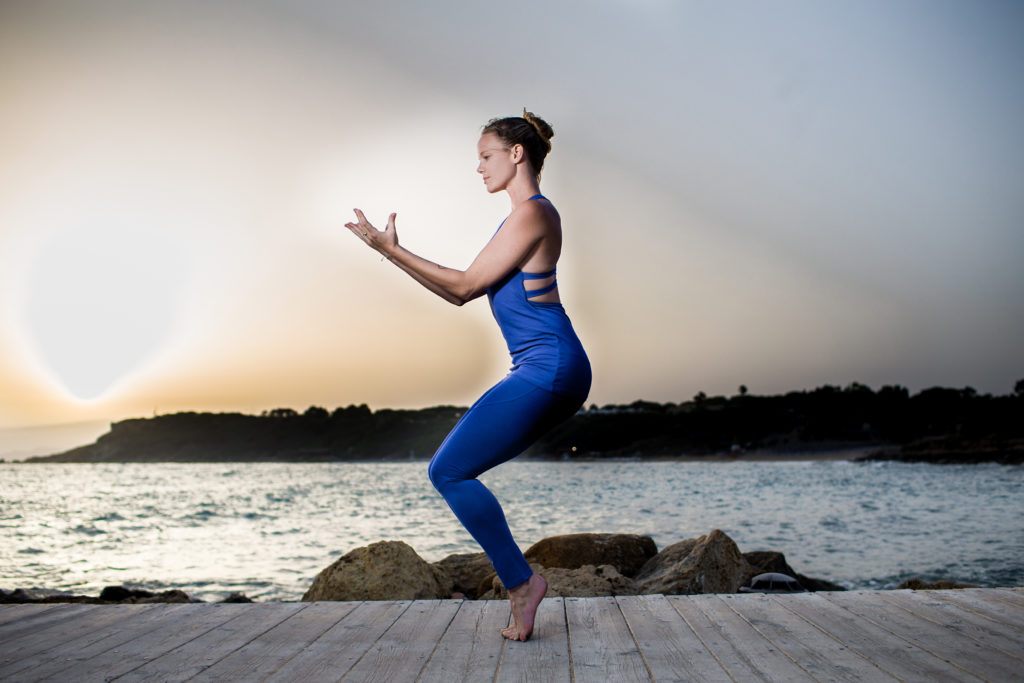
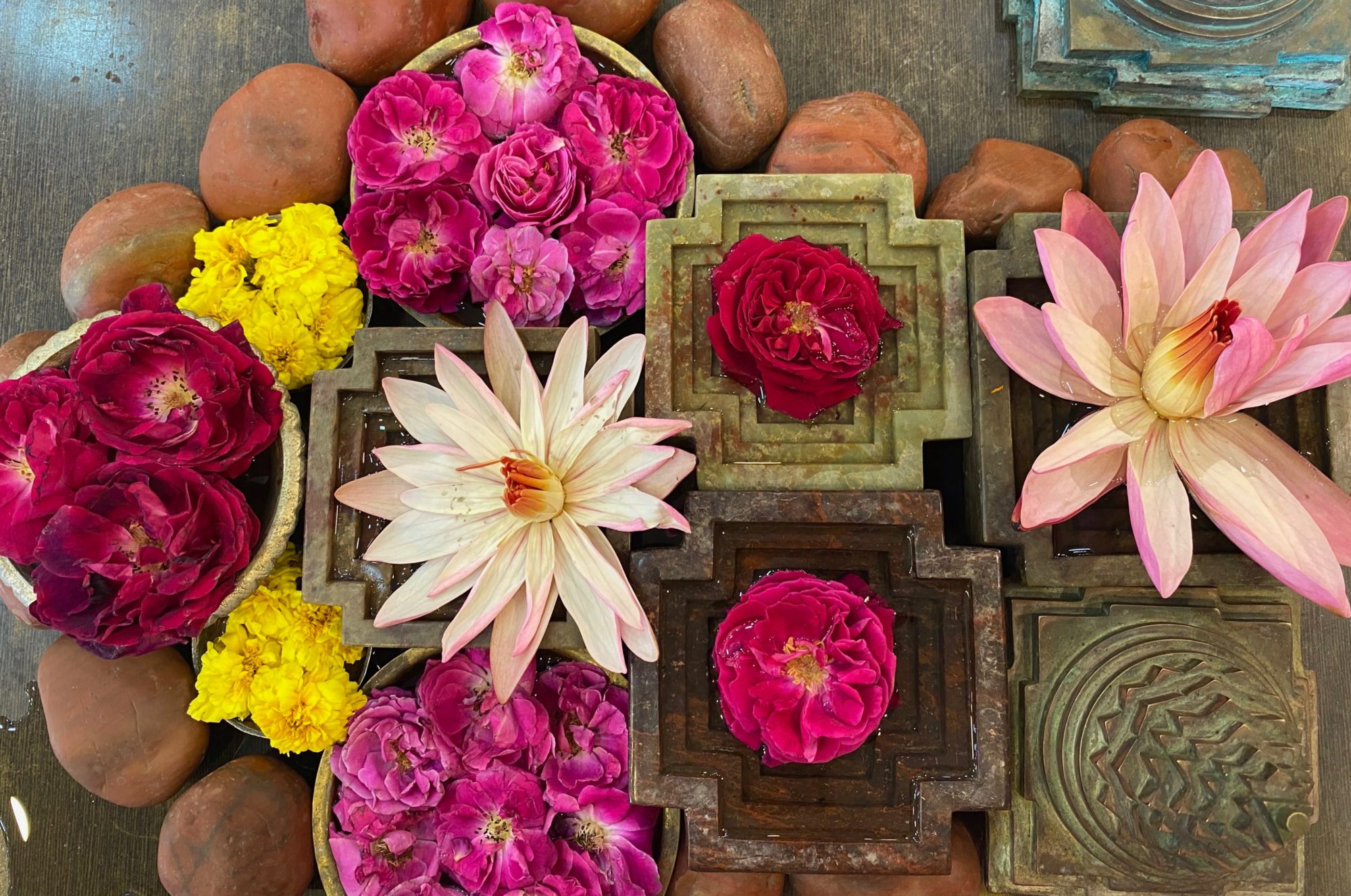
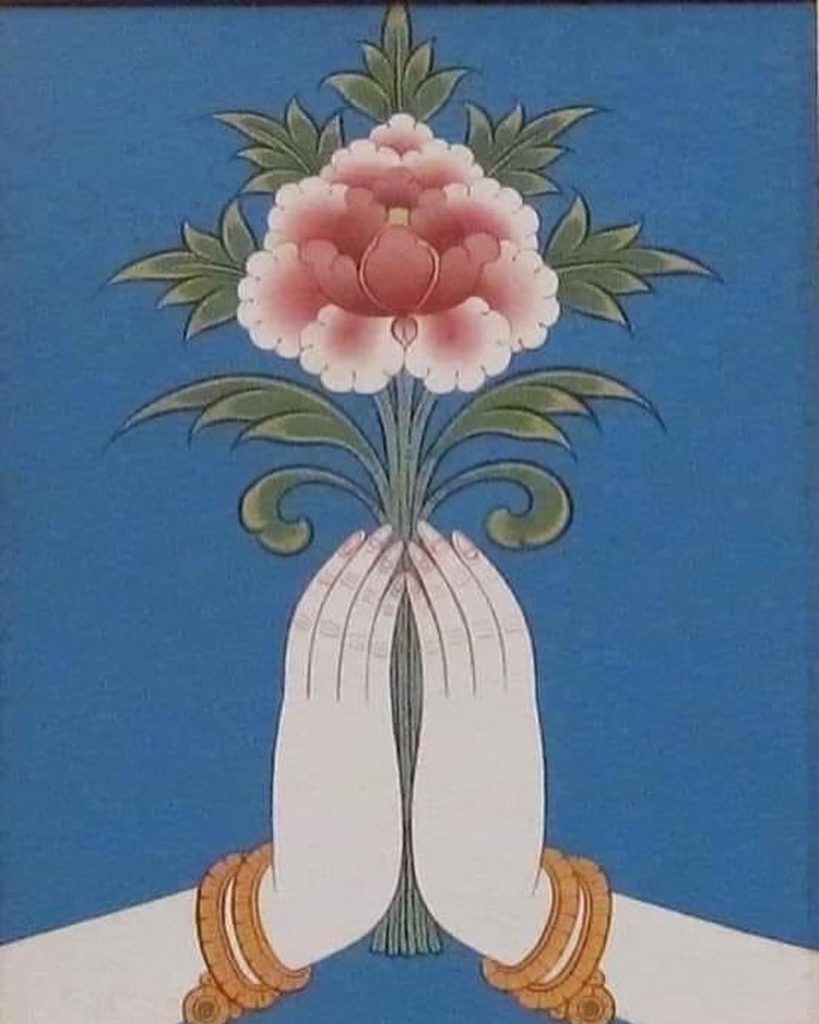
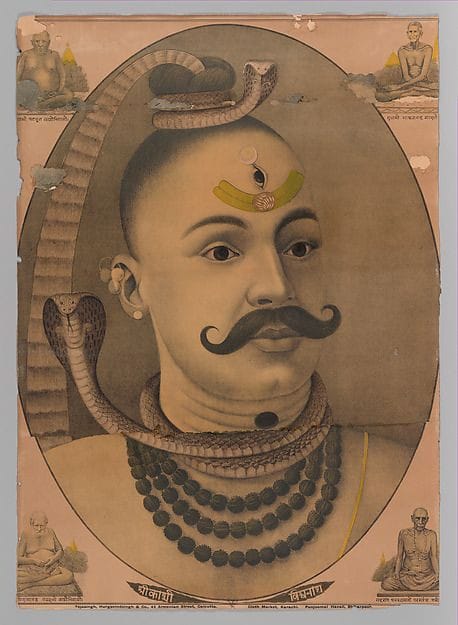
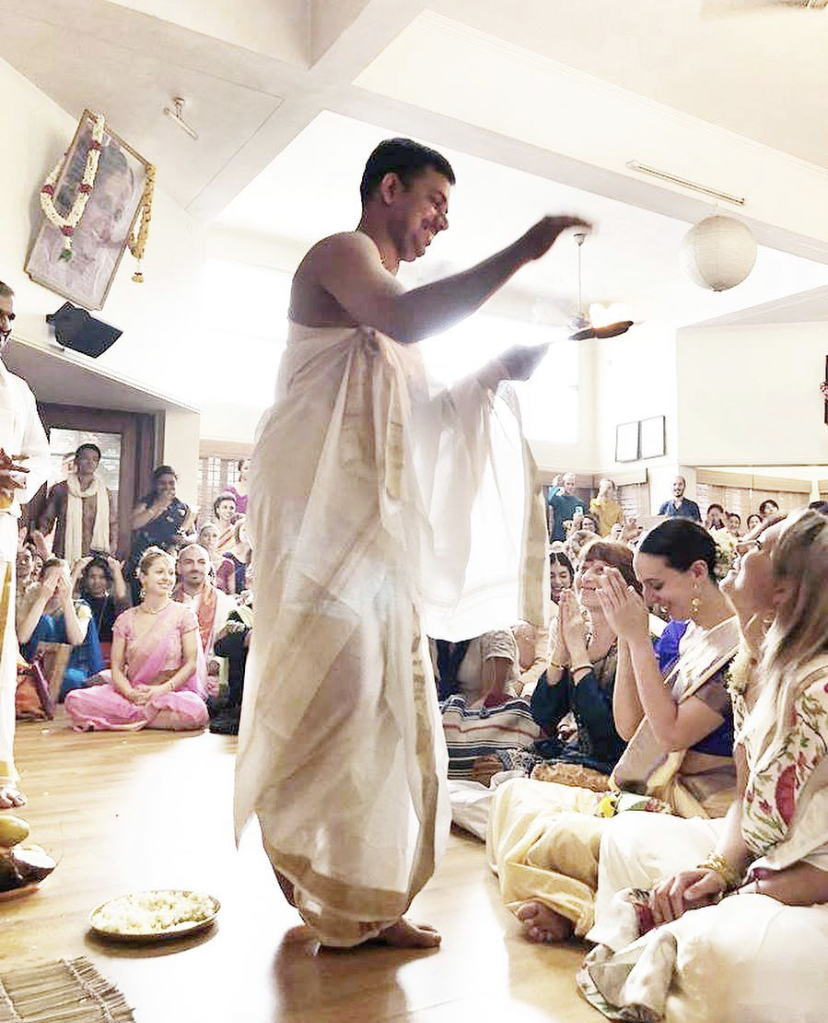

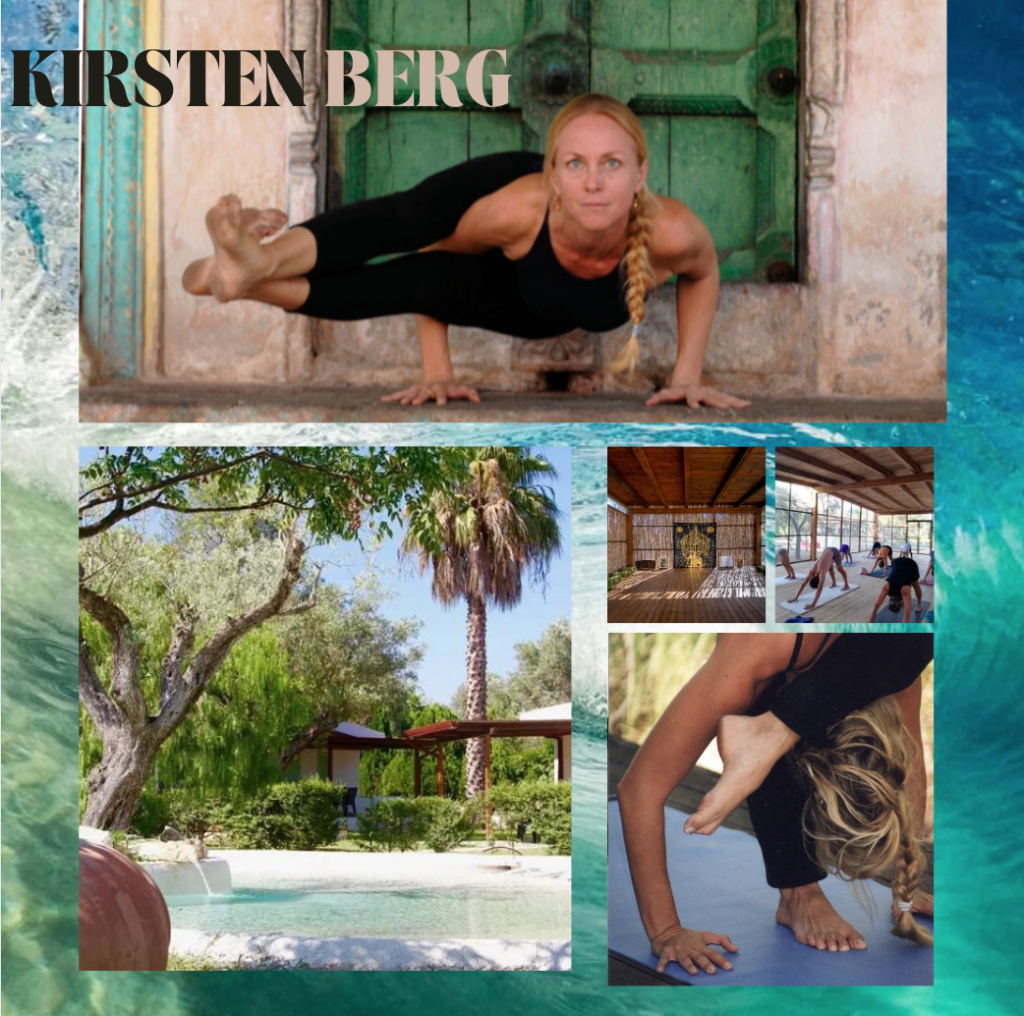
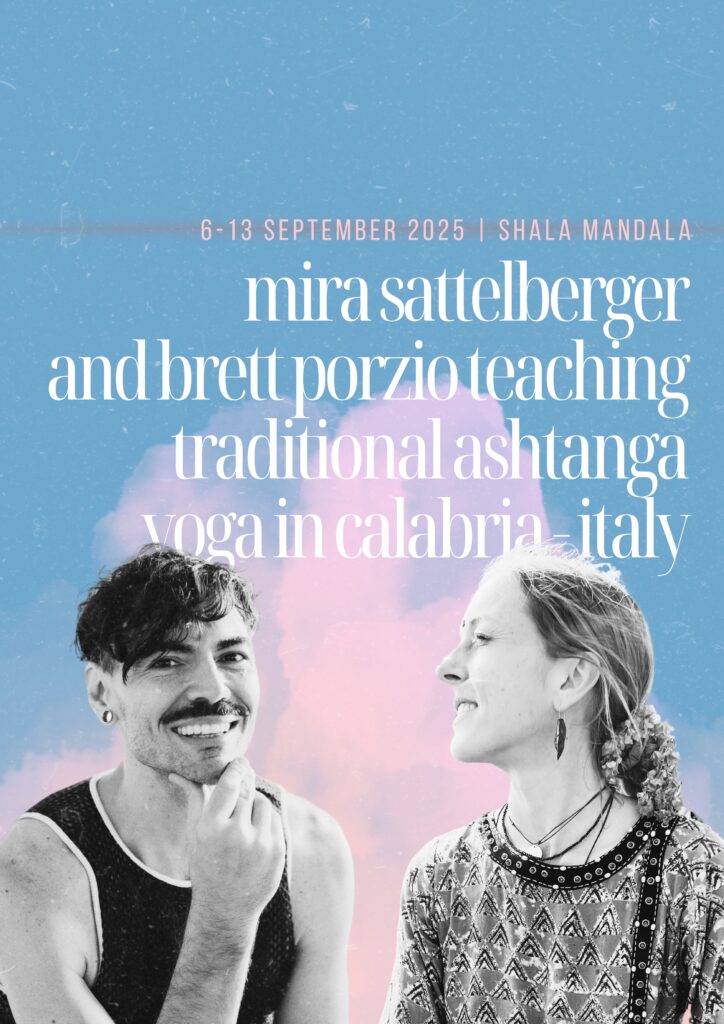
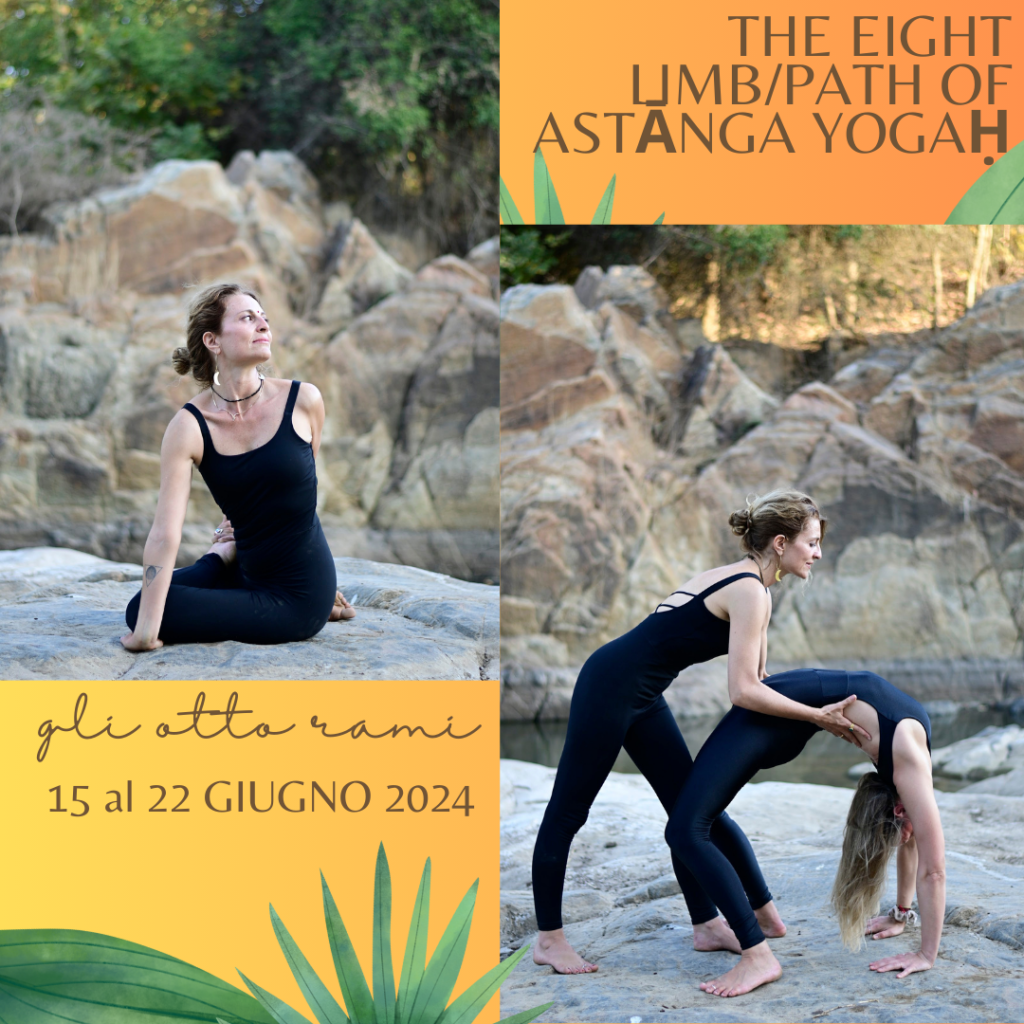
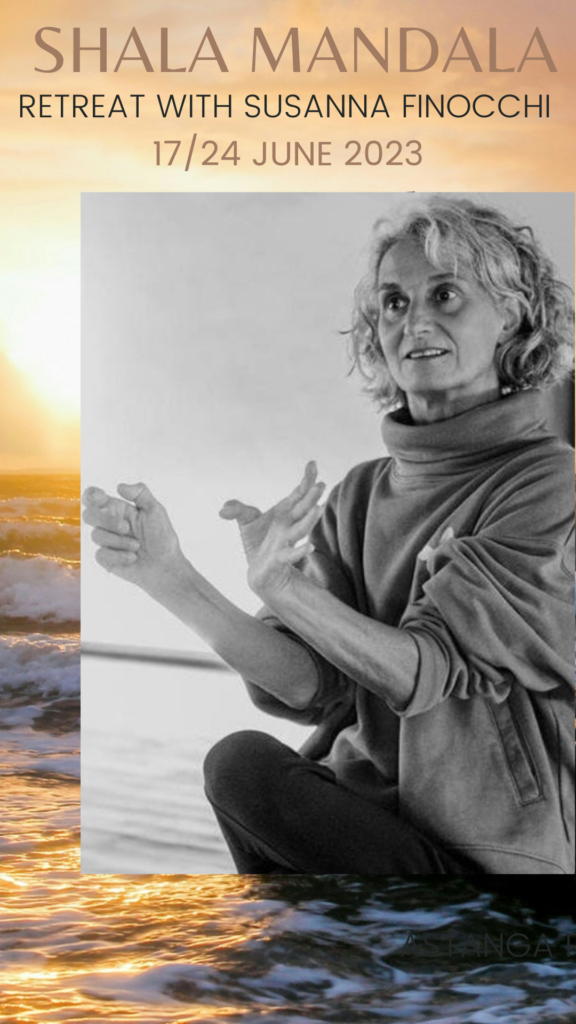
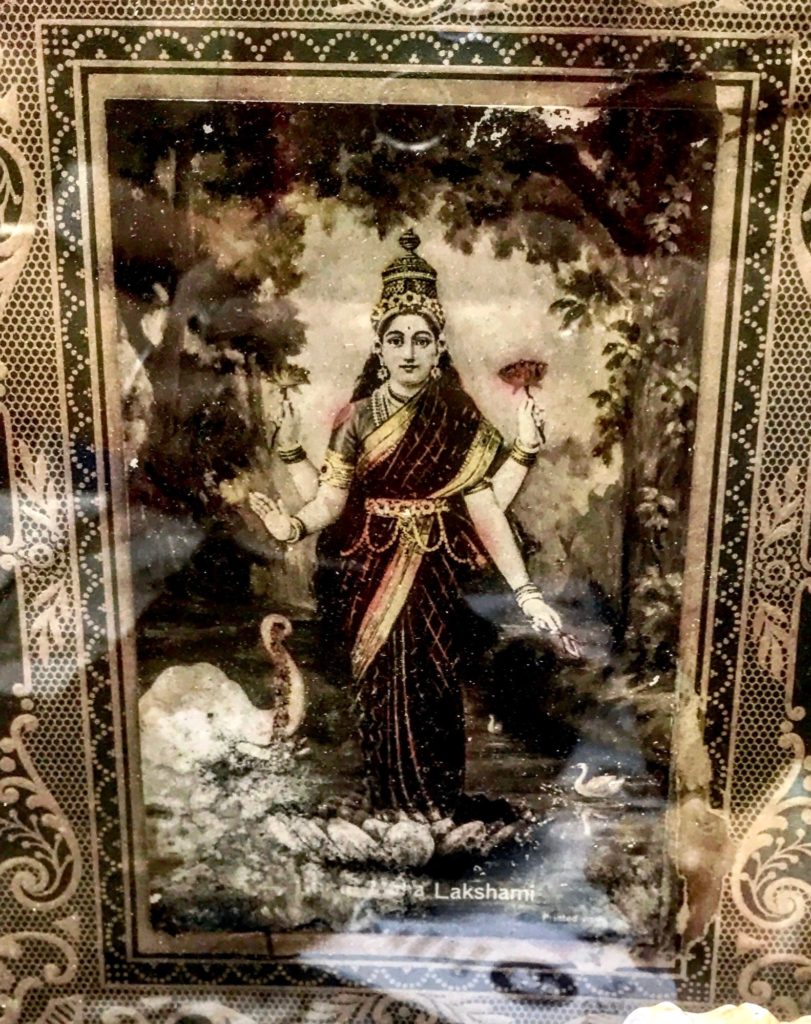
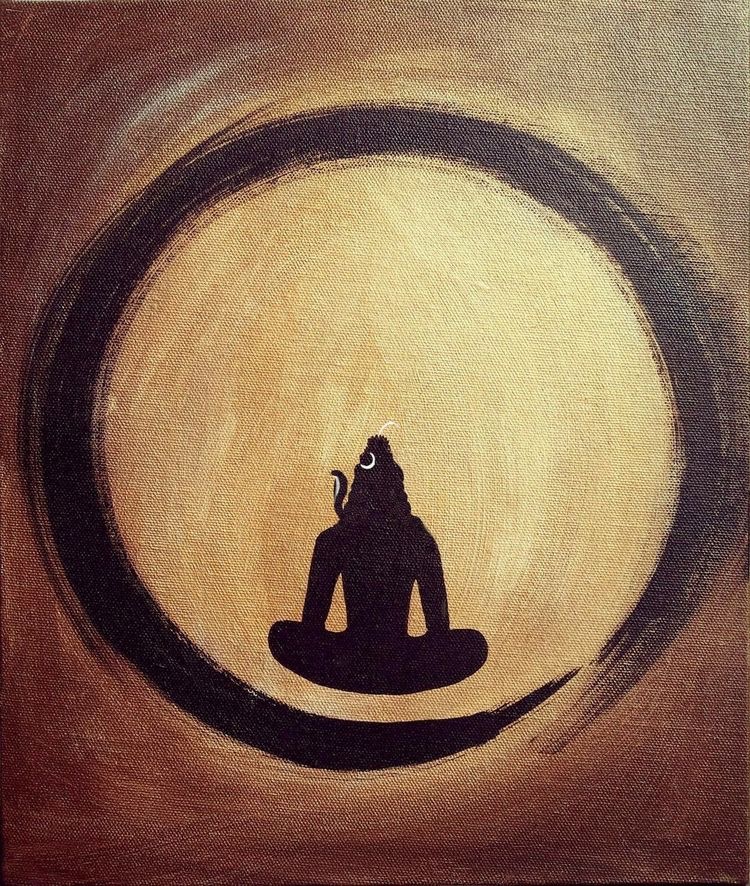
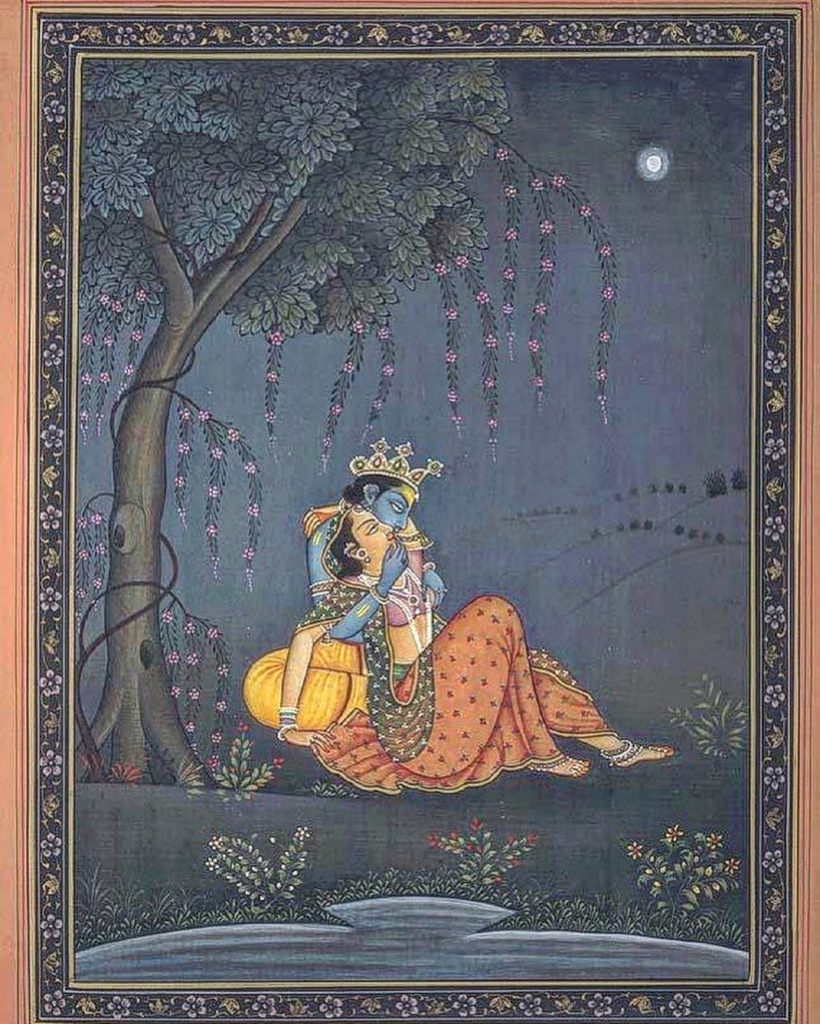
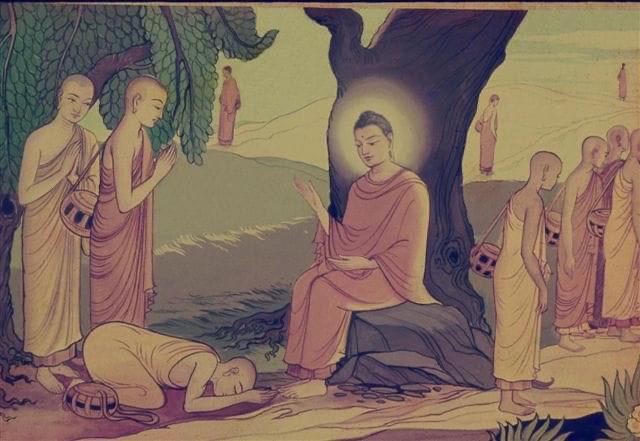
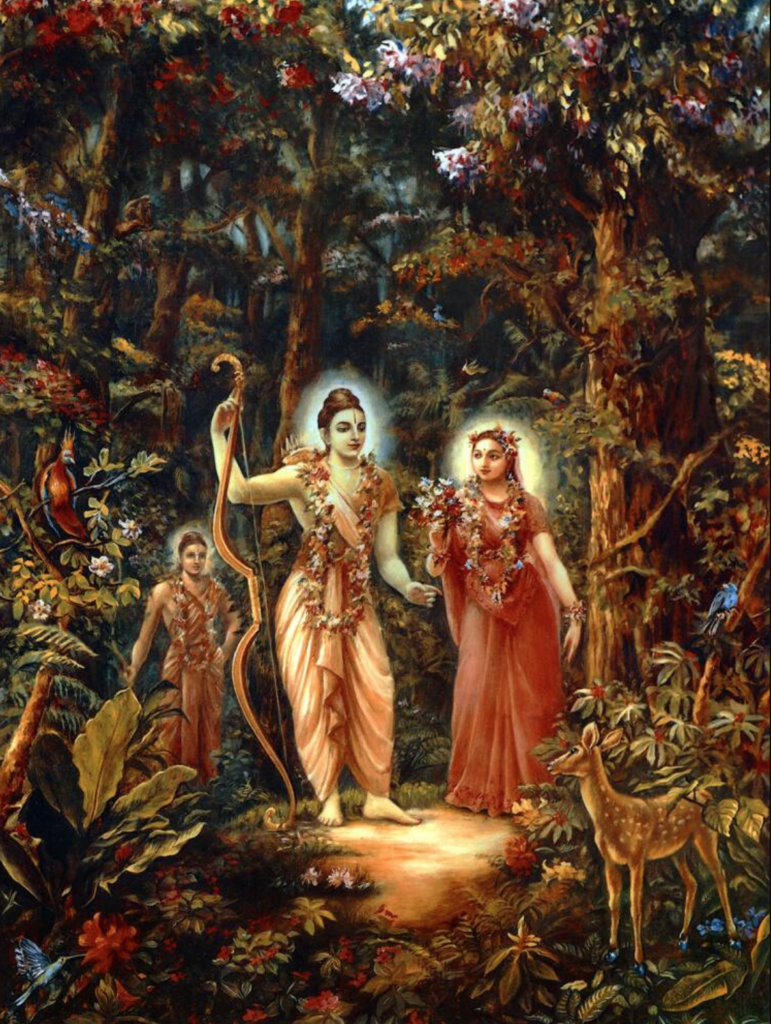
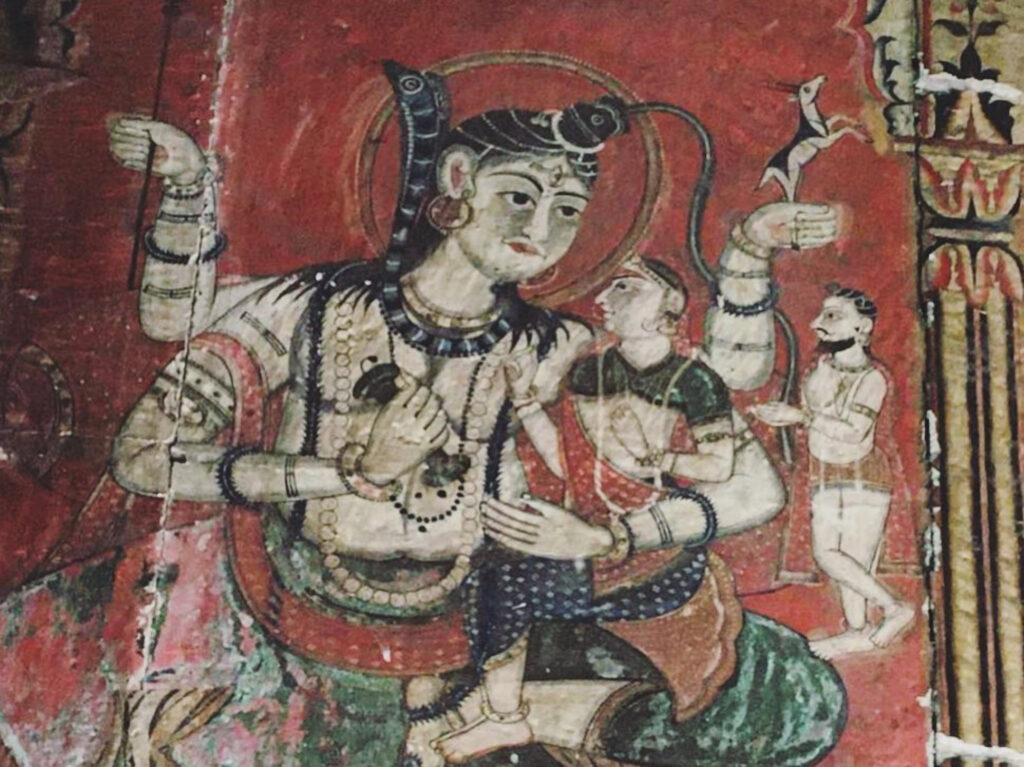
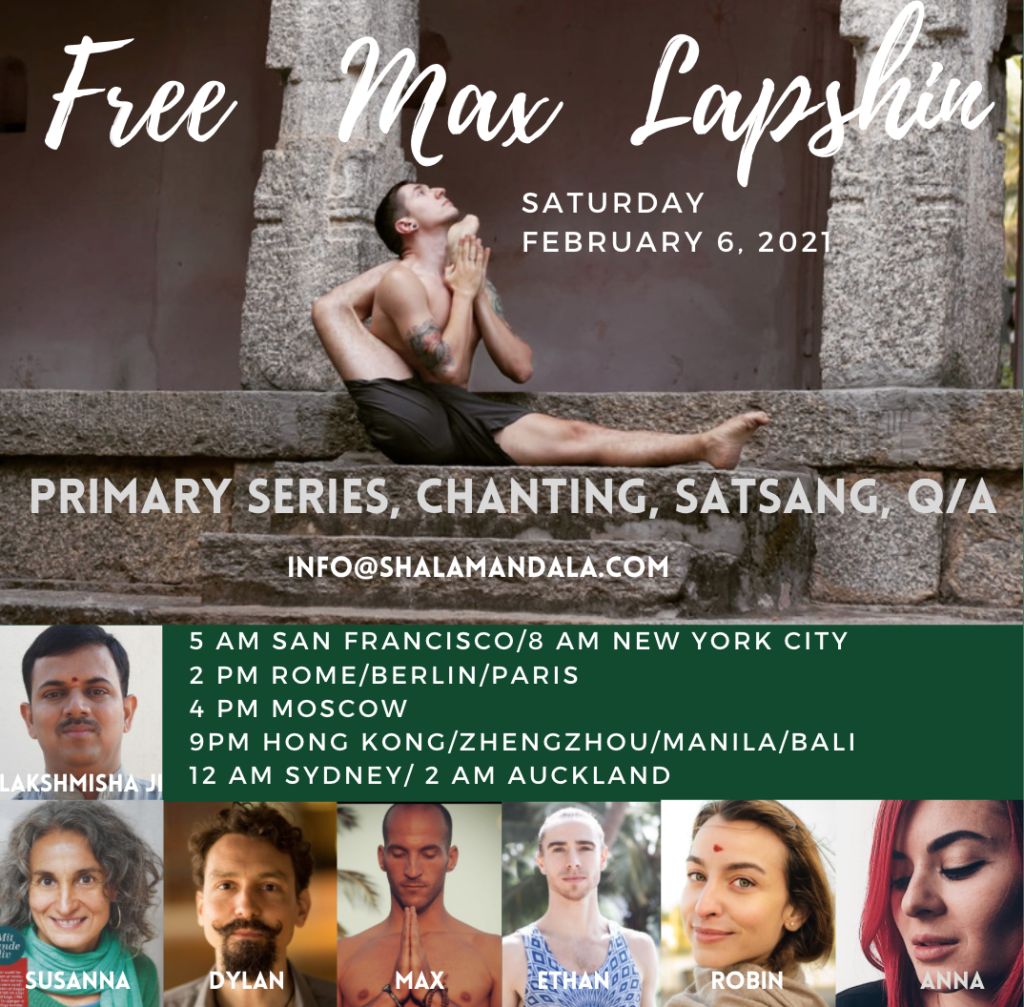
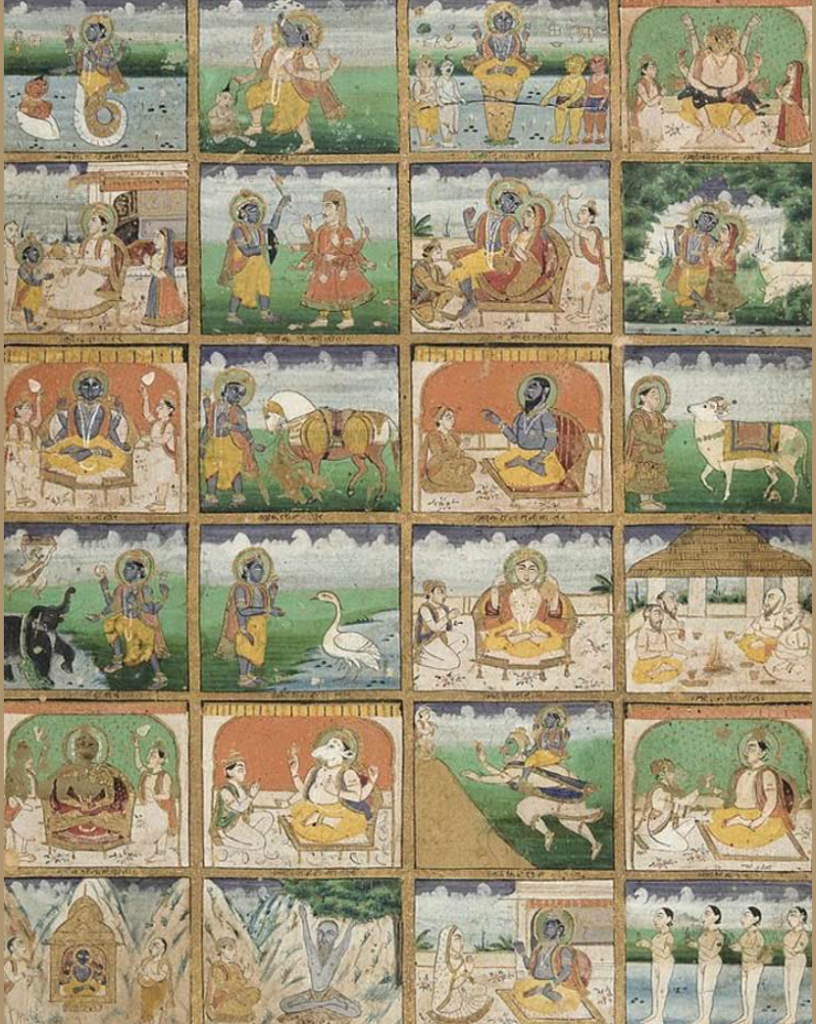
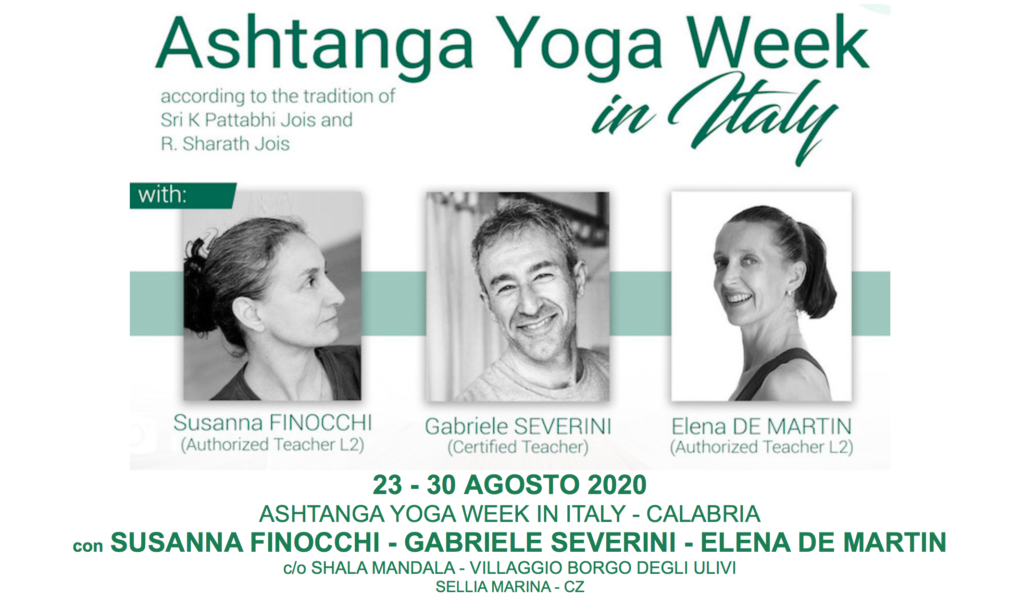
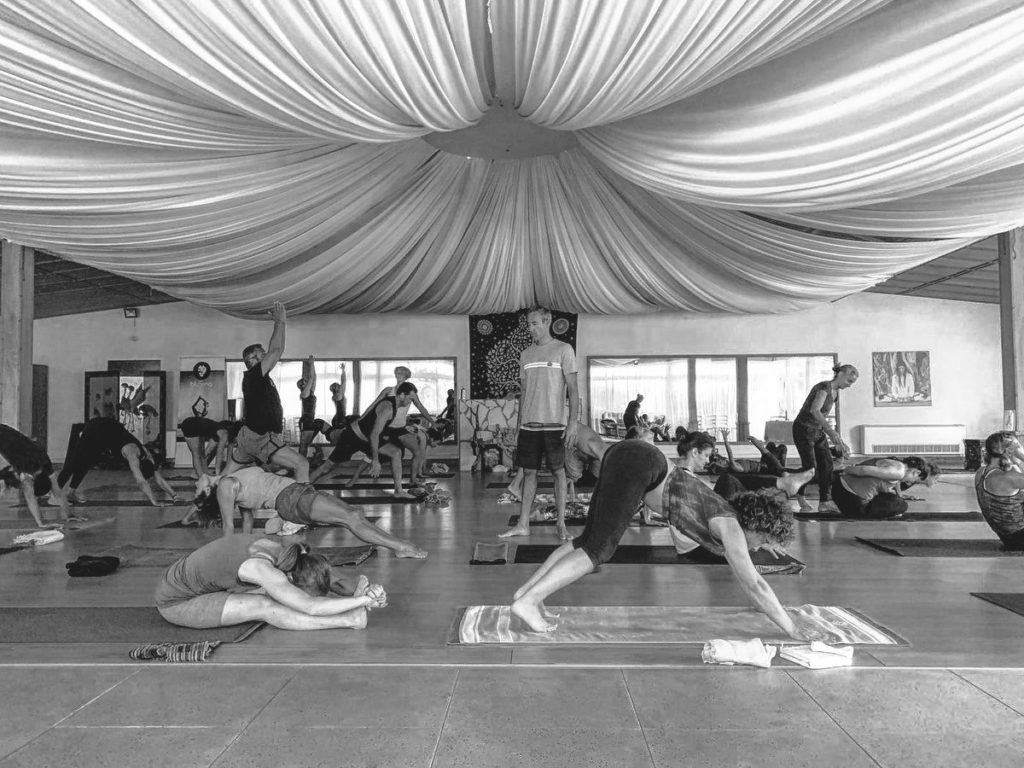
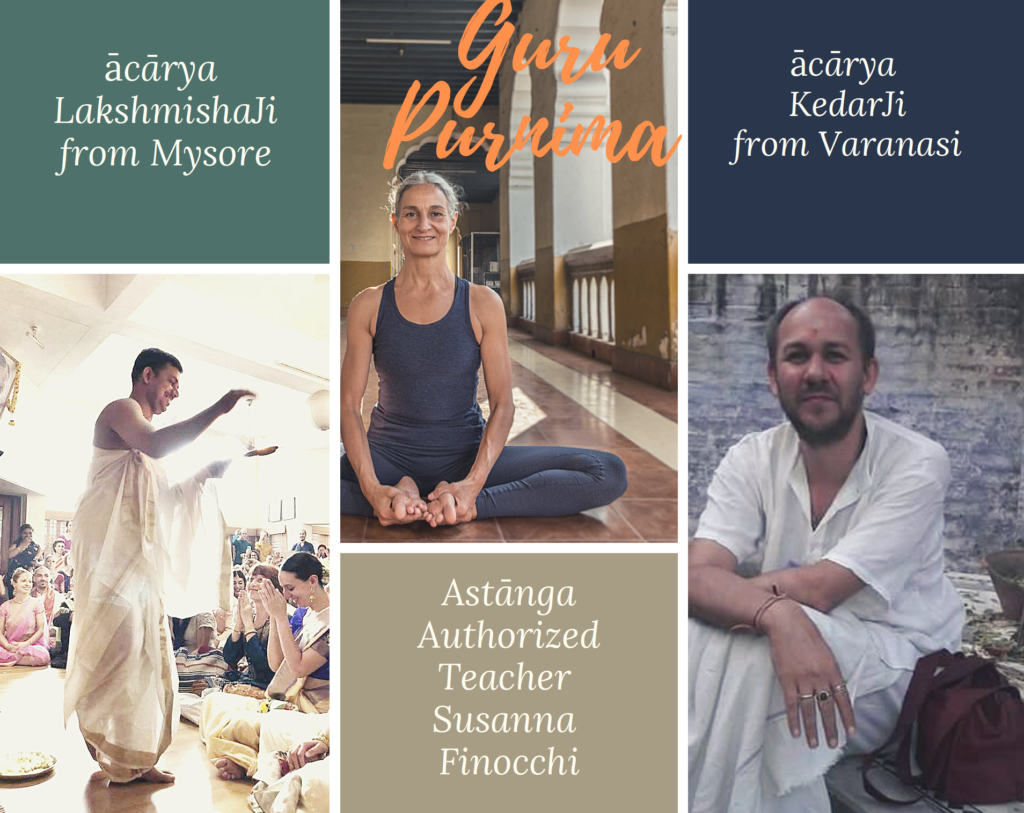
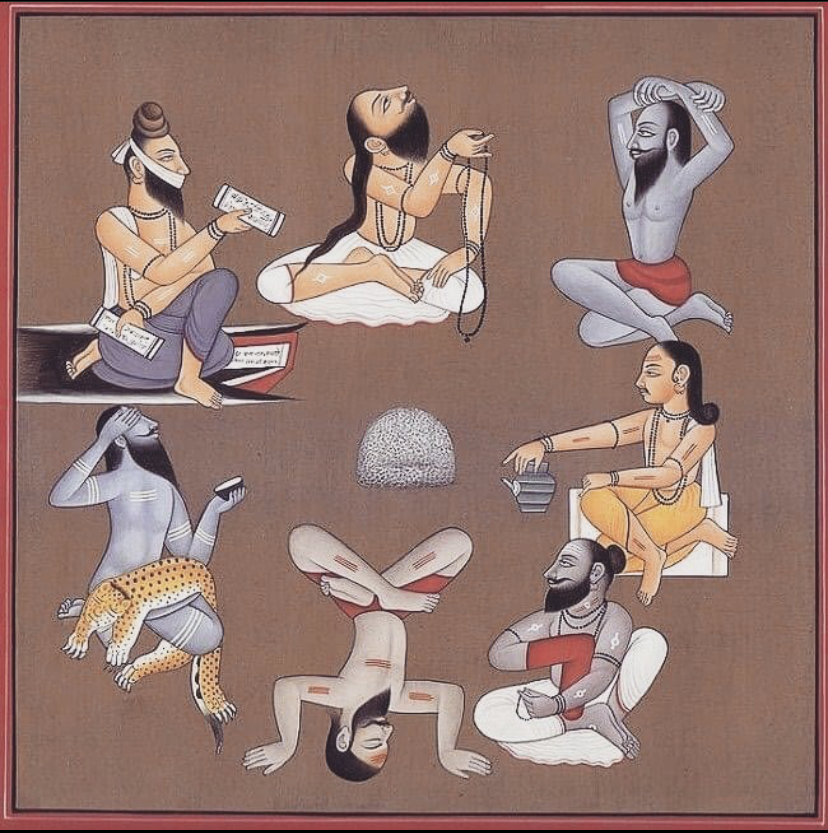
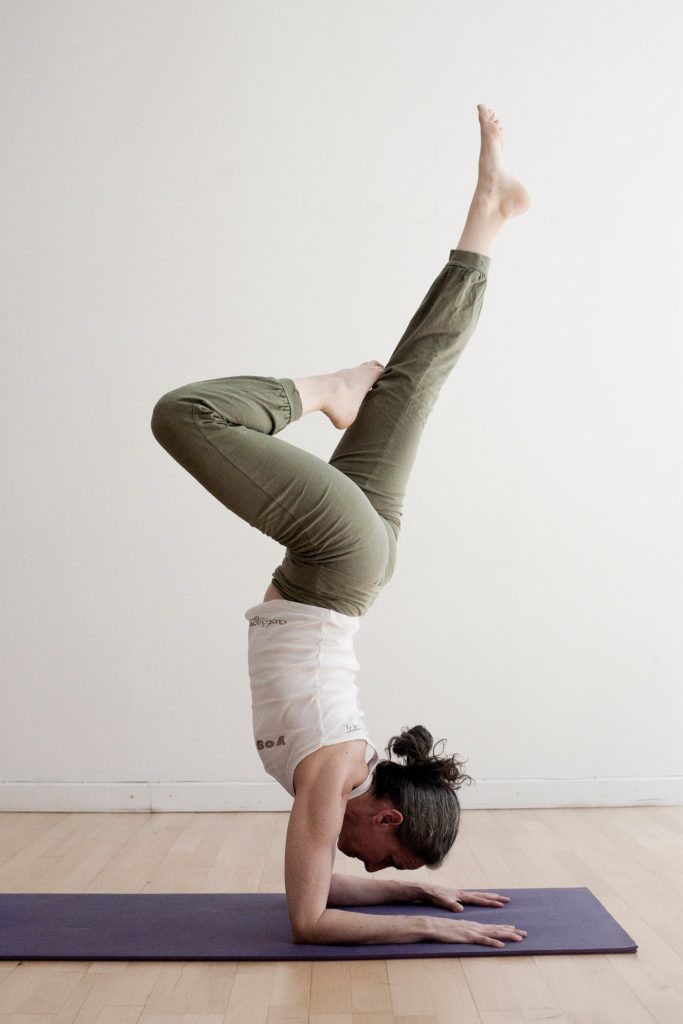
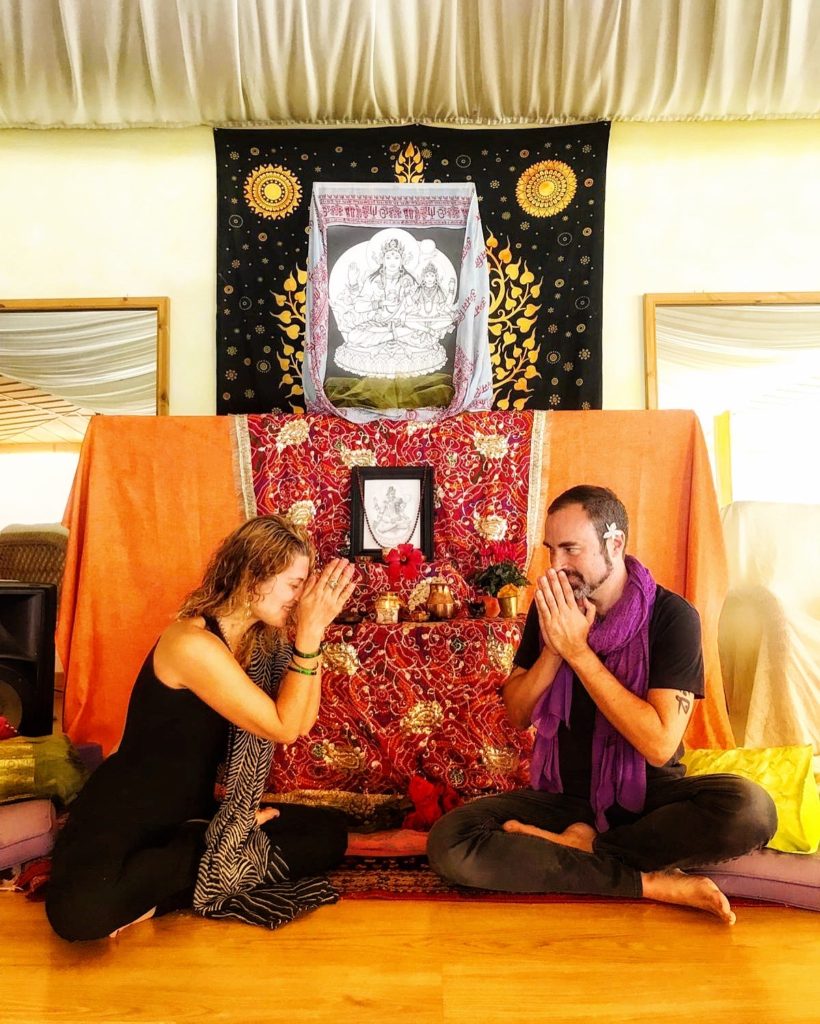
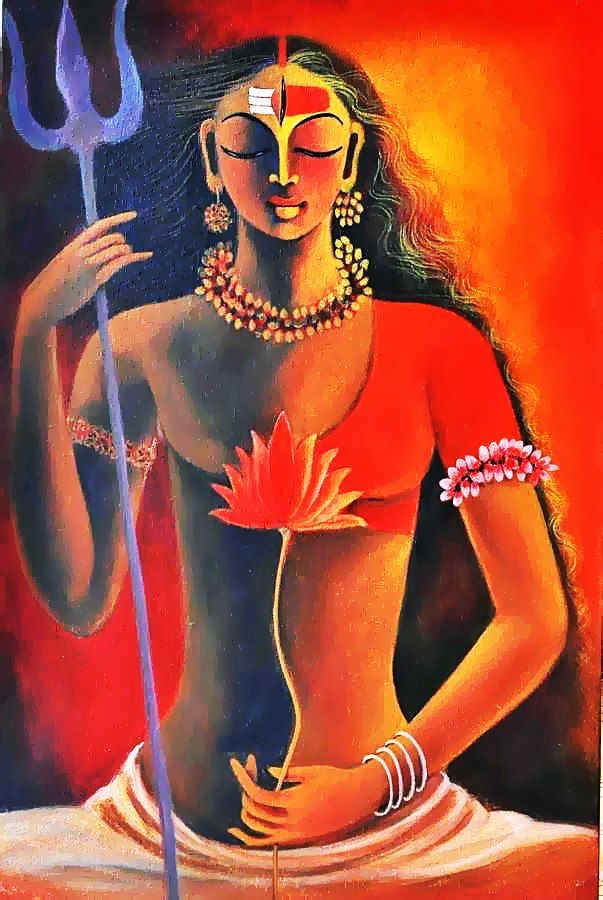









 Mā darshan at Kedarnath, with beloved SharathJi and ShruthiJi
Mā darshan at Kedarnath, with beloved SharathJi and ShruthiJi









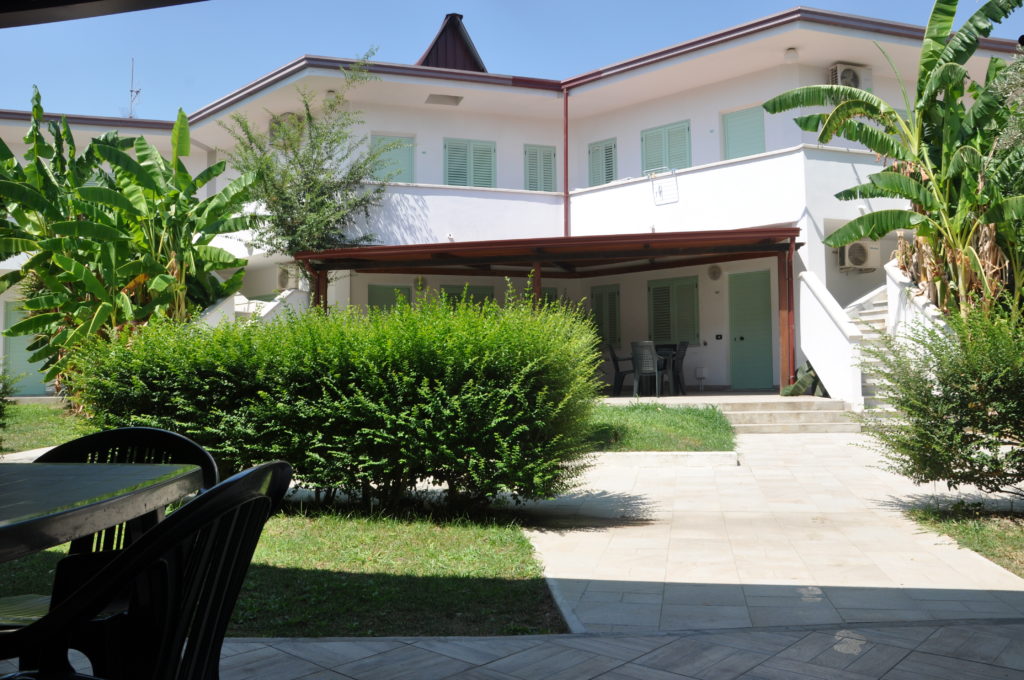
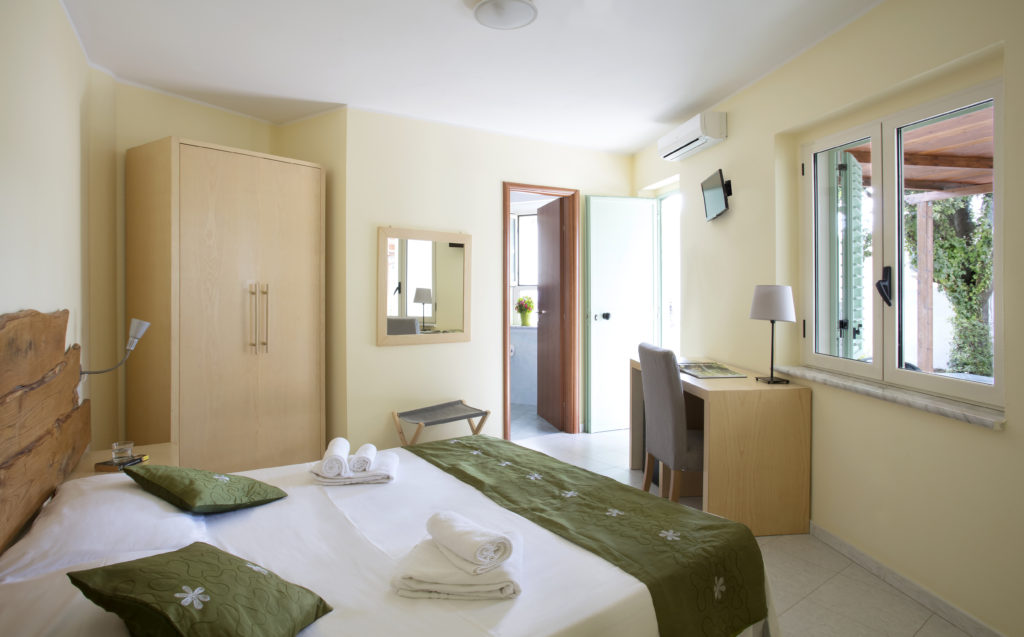
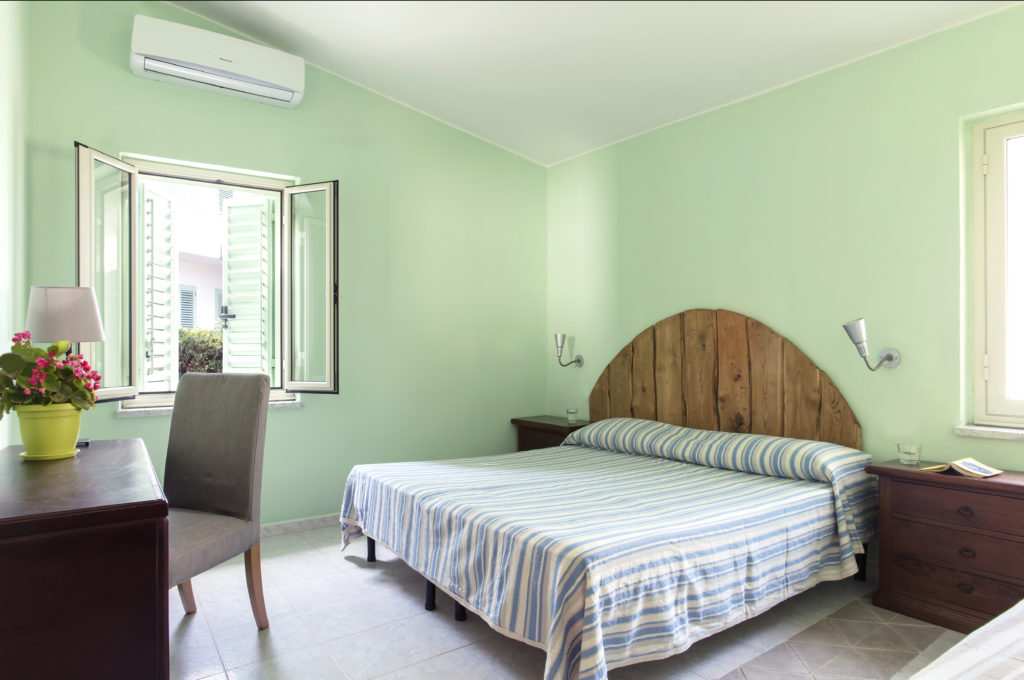
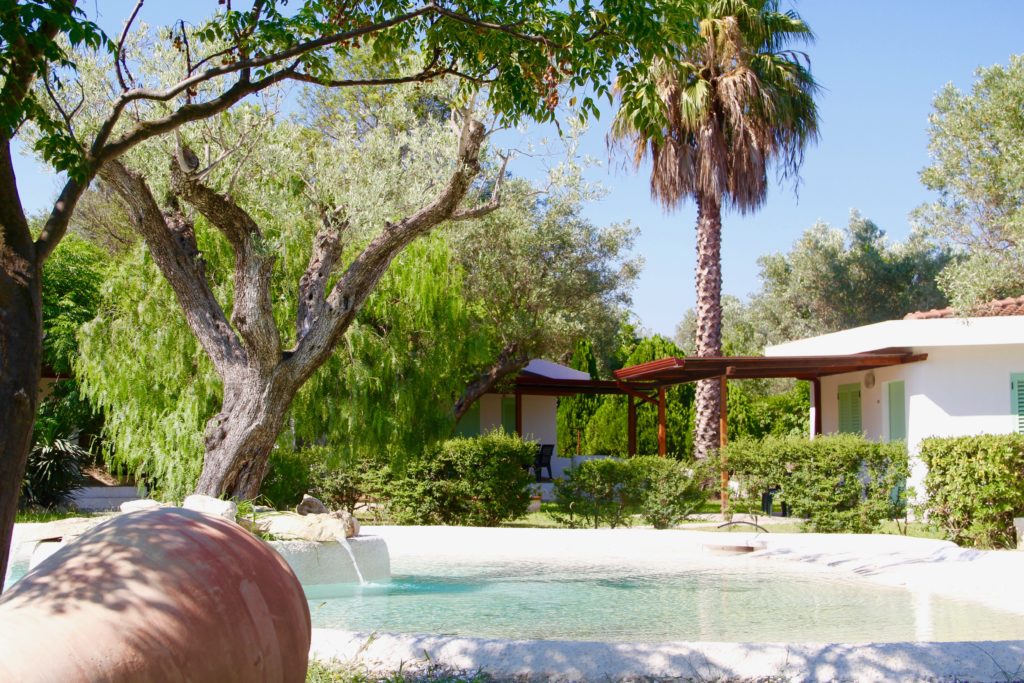
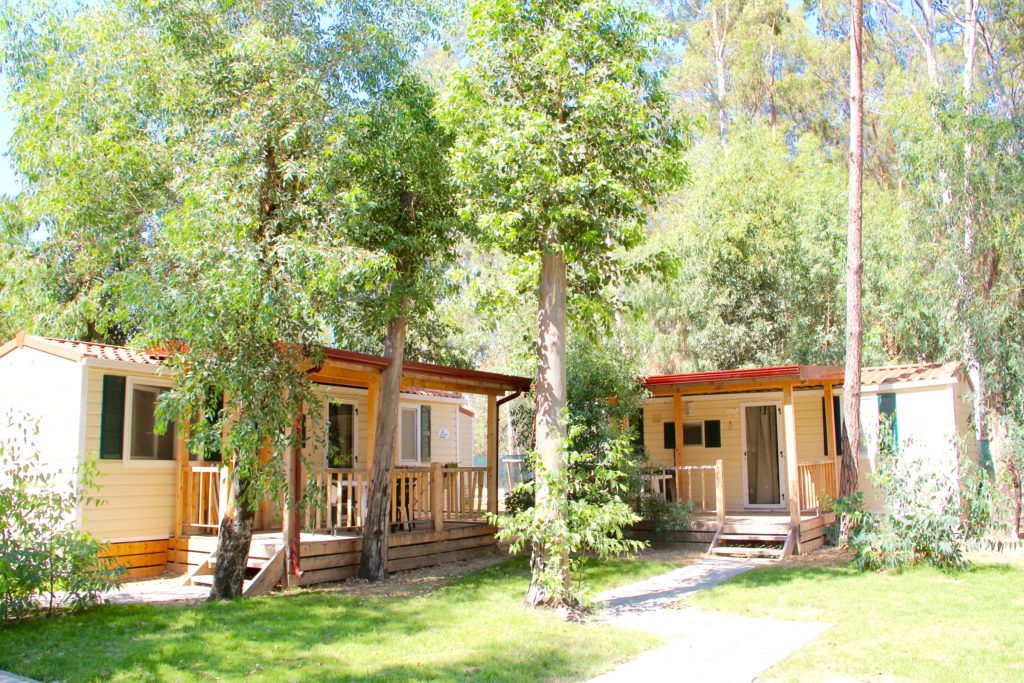
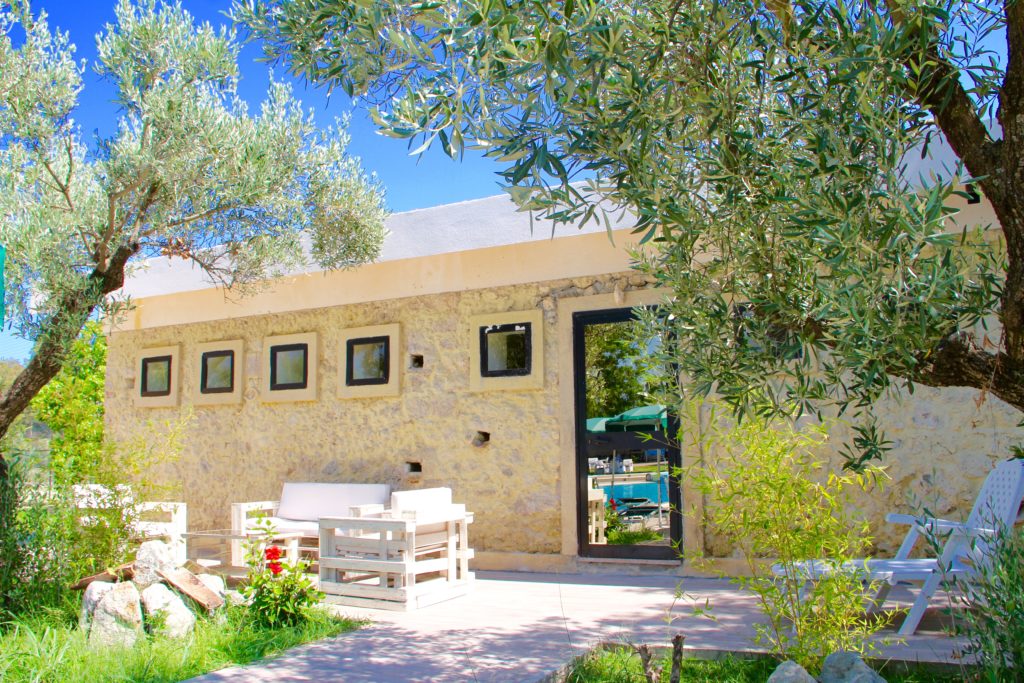
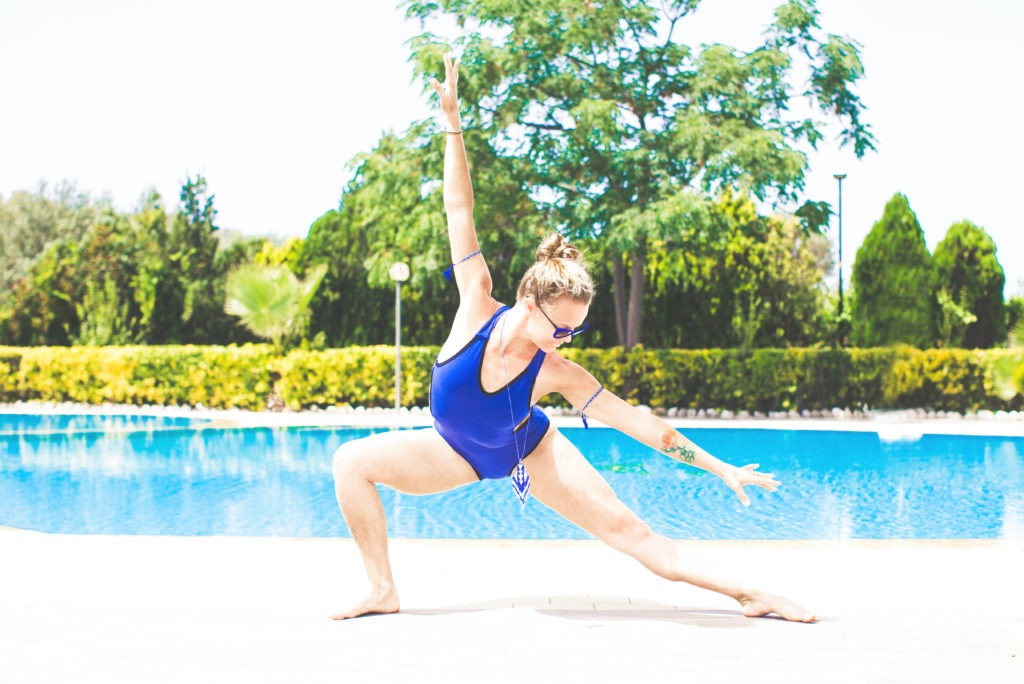
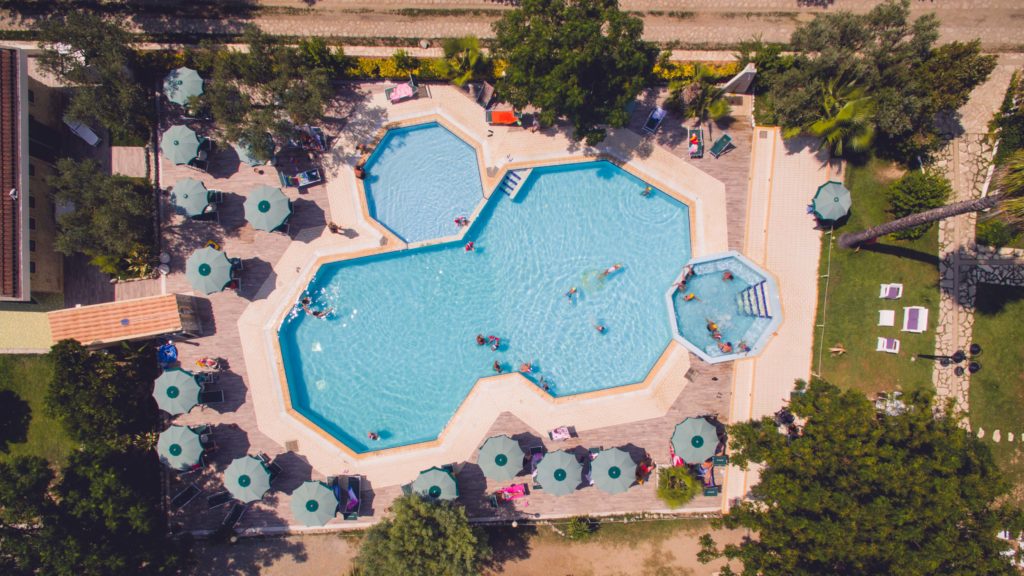
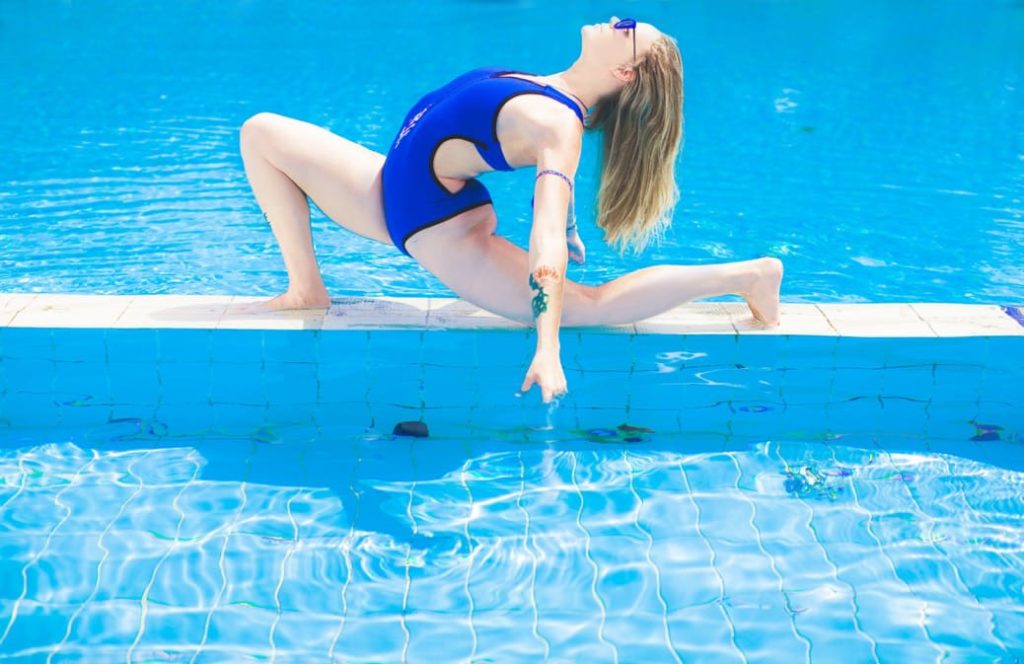
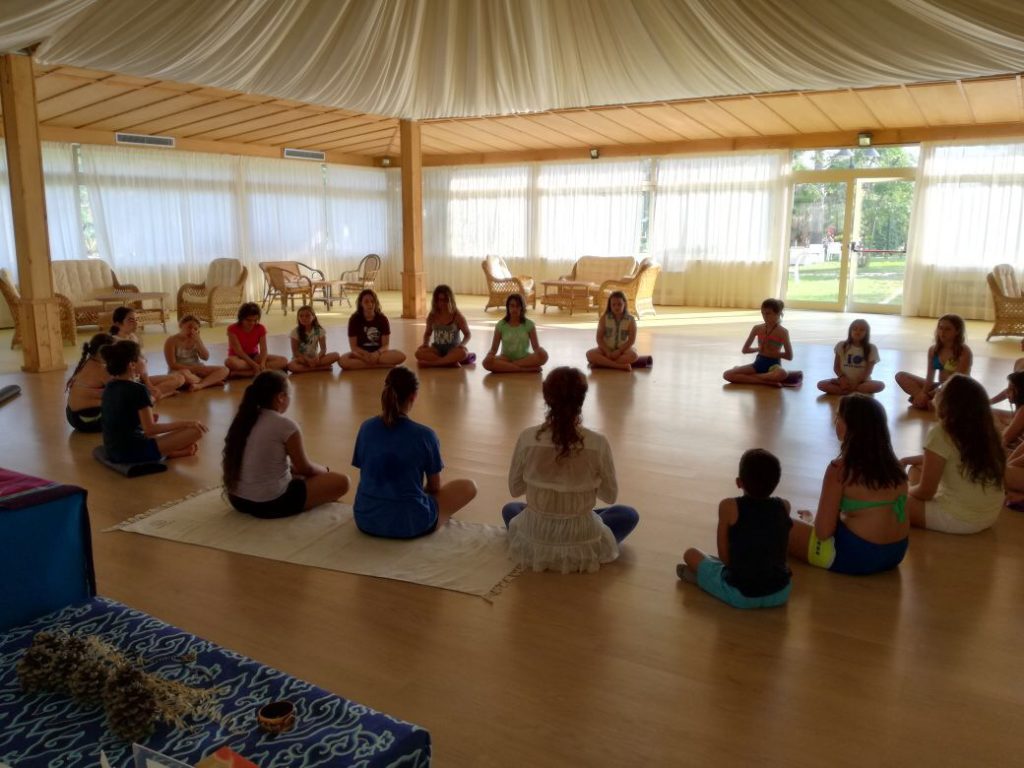
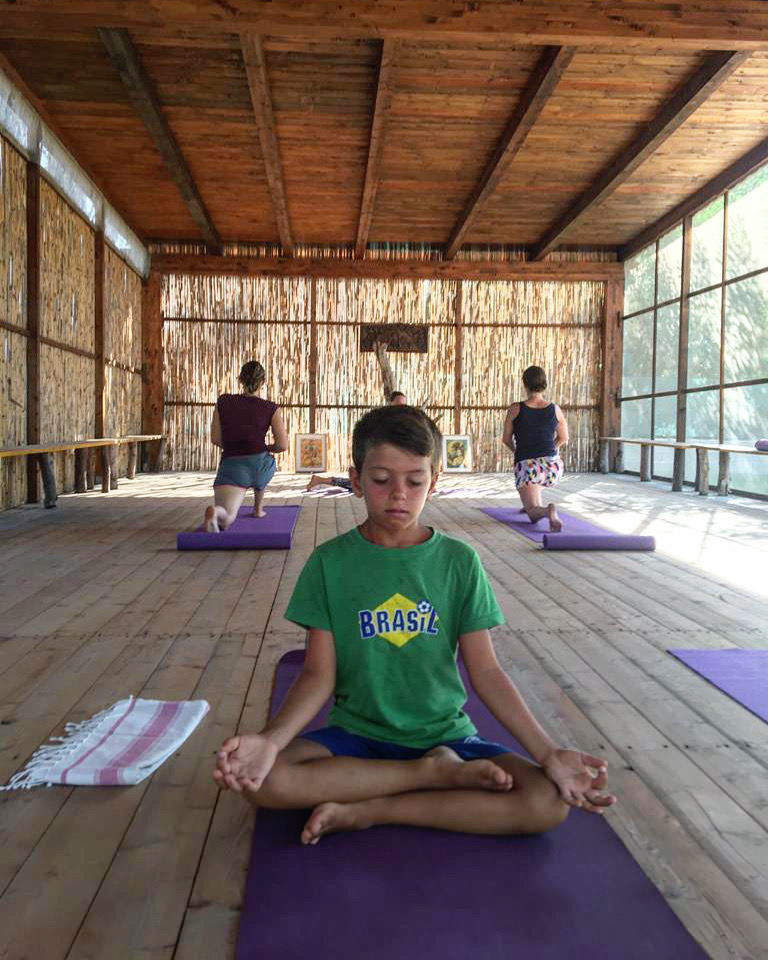
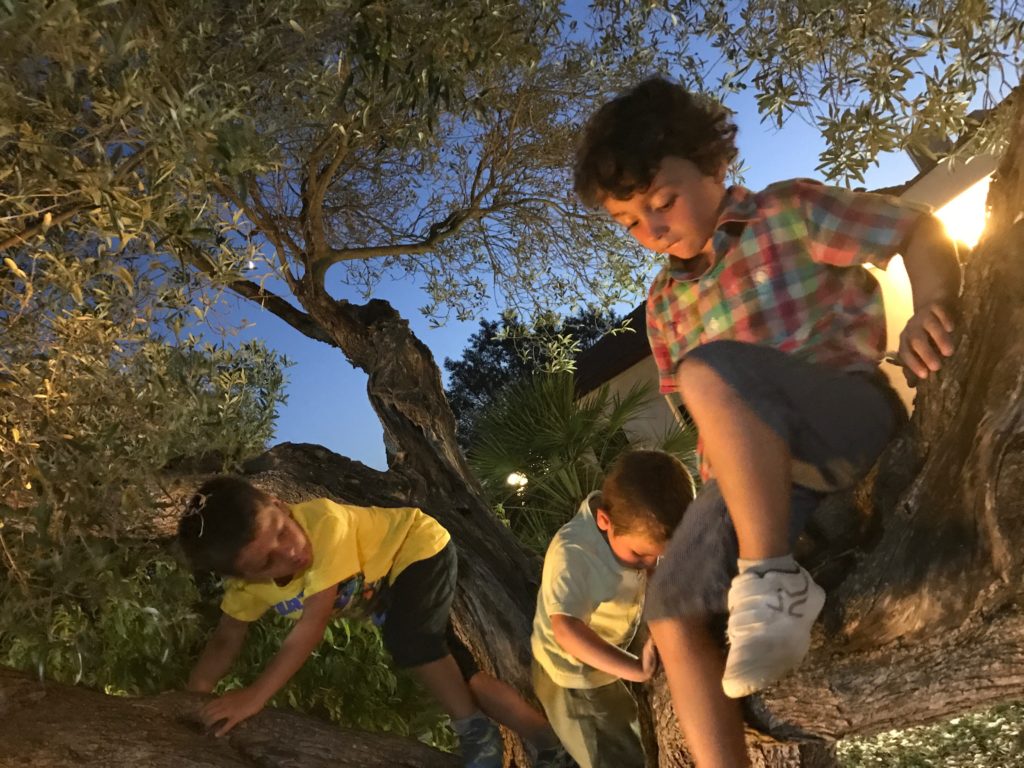
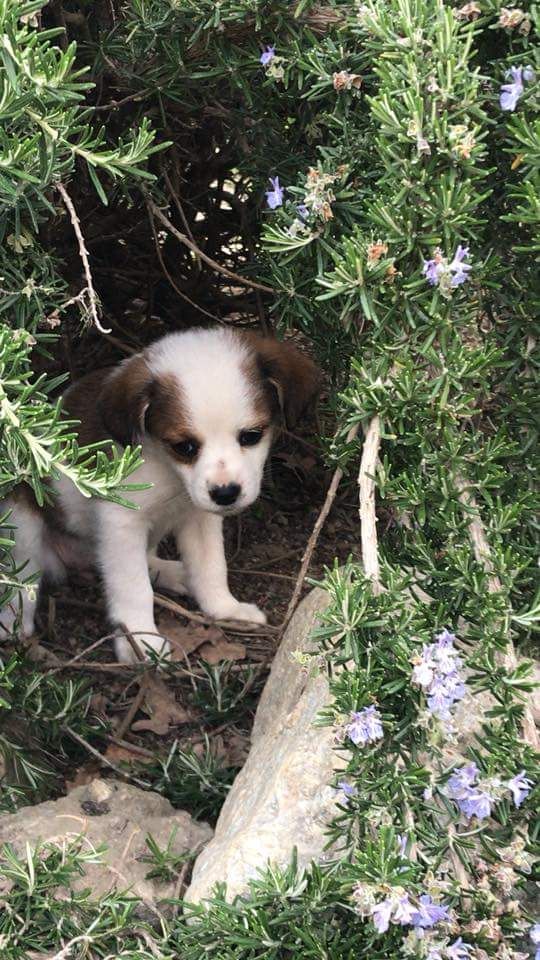
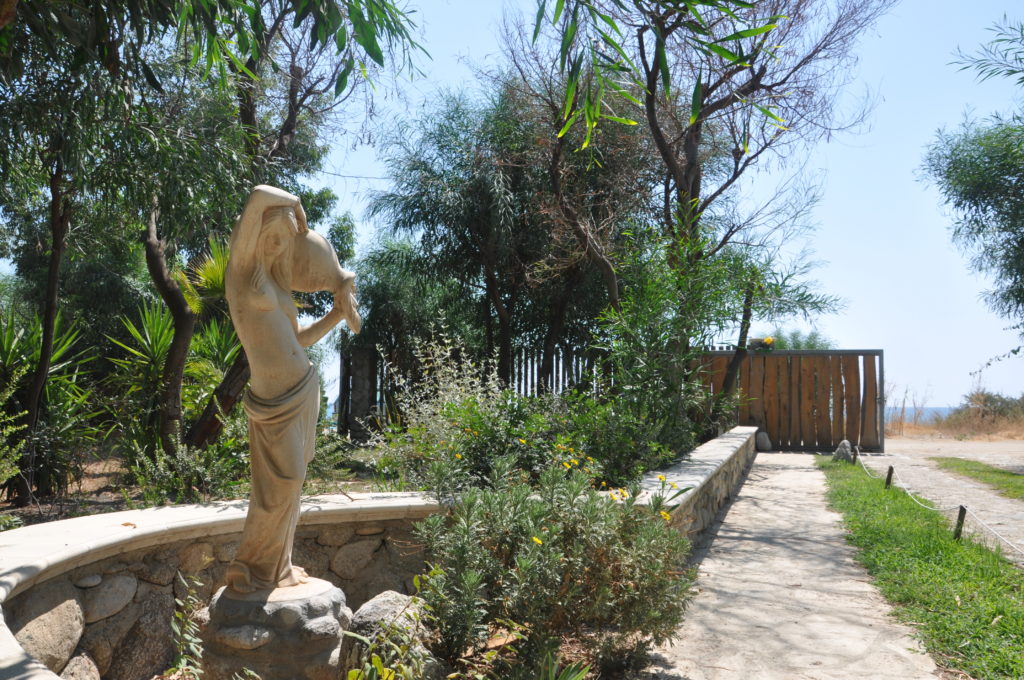
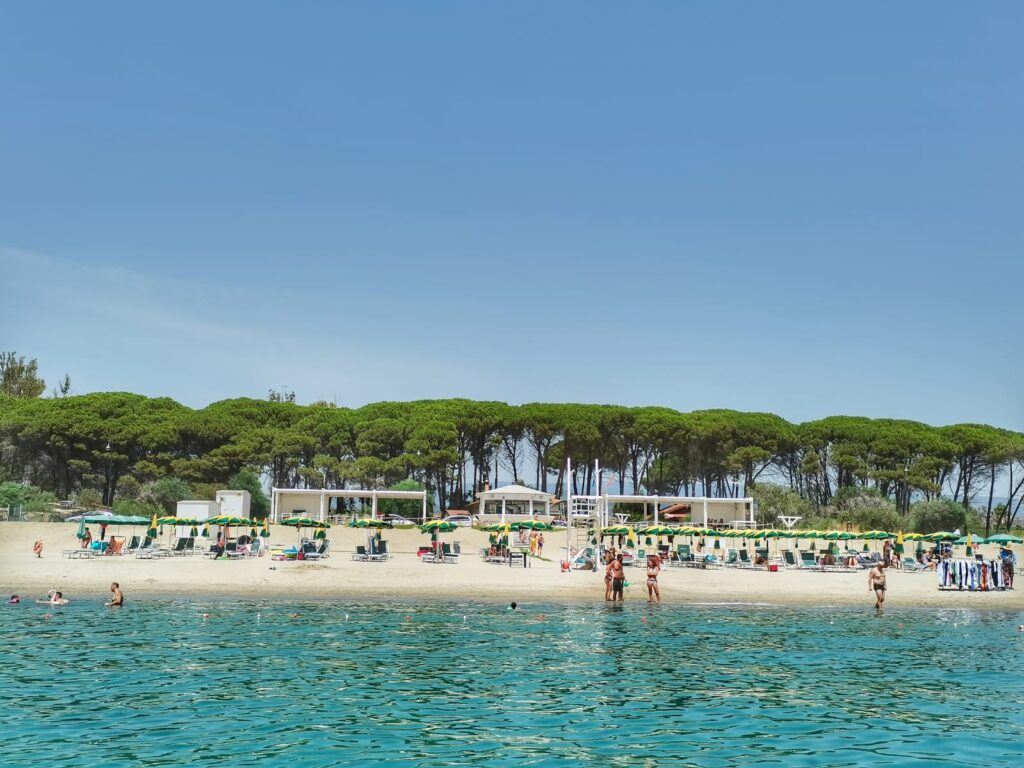 or sustainable boating tourism operator meets its stringent standards.
or sustainable boating tourism operator meets its stringent standards.